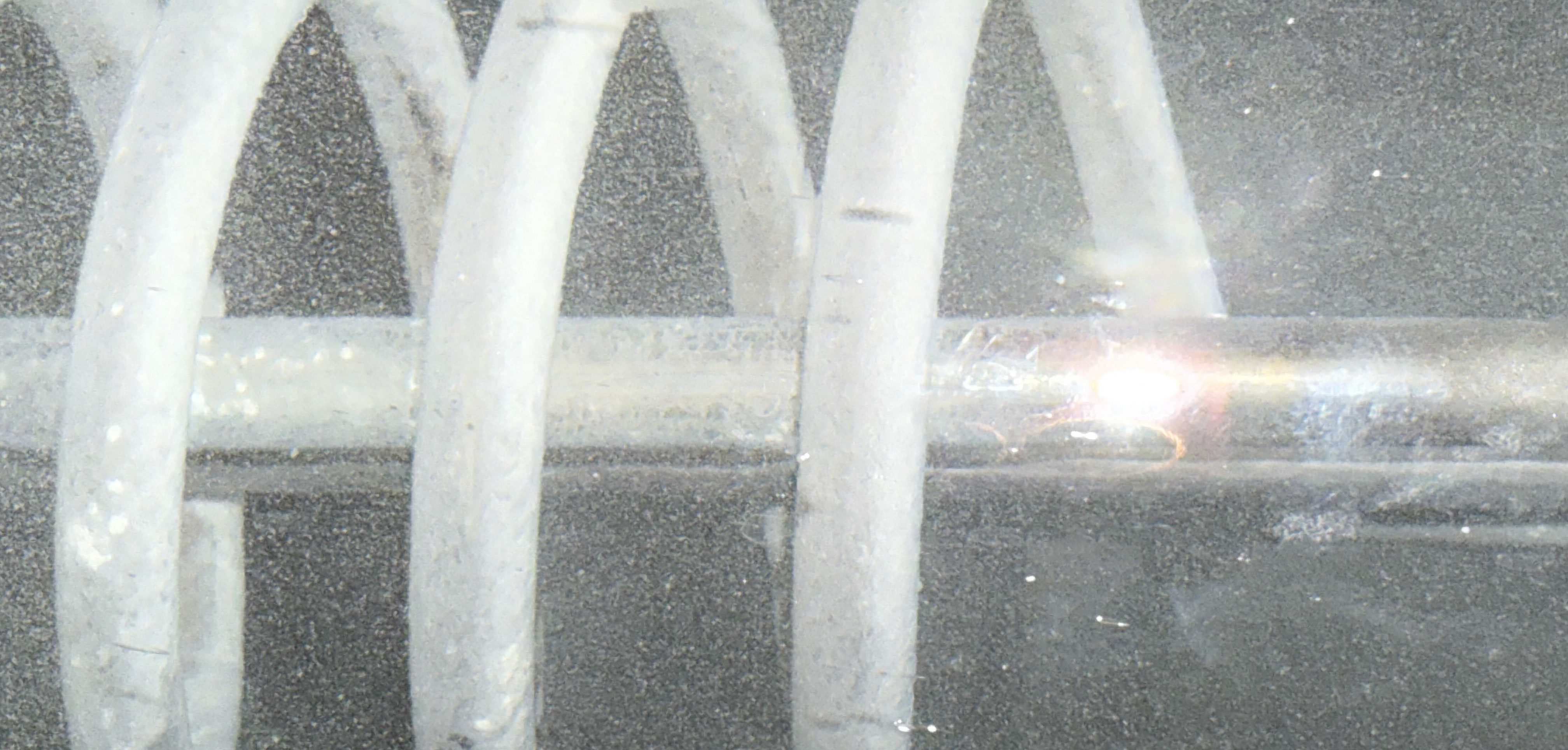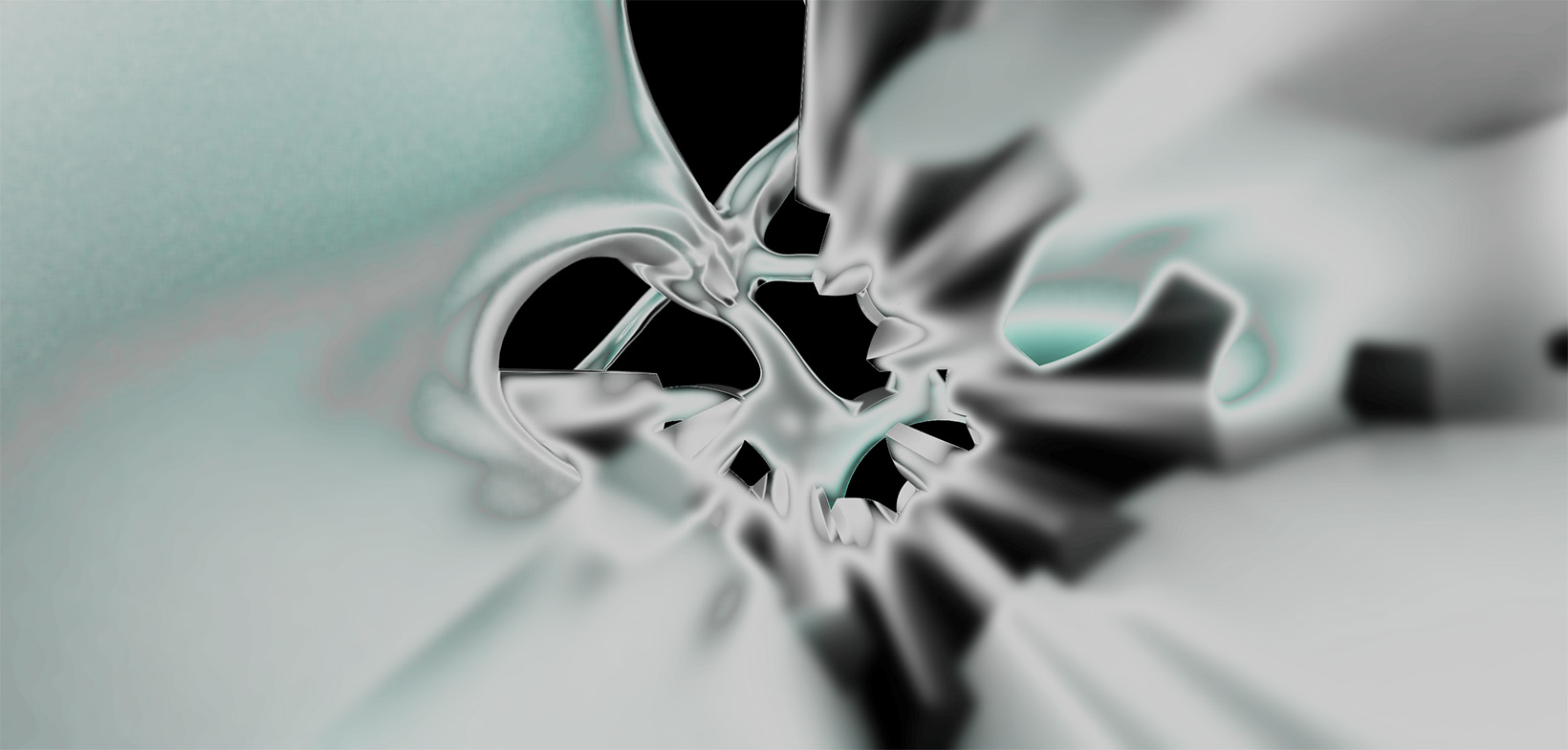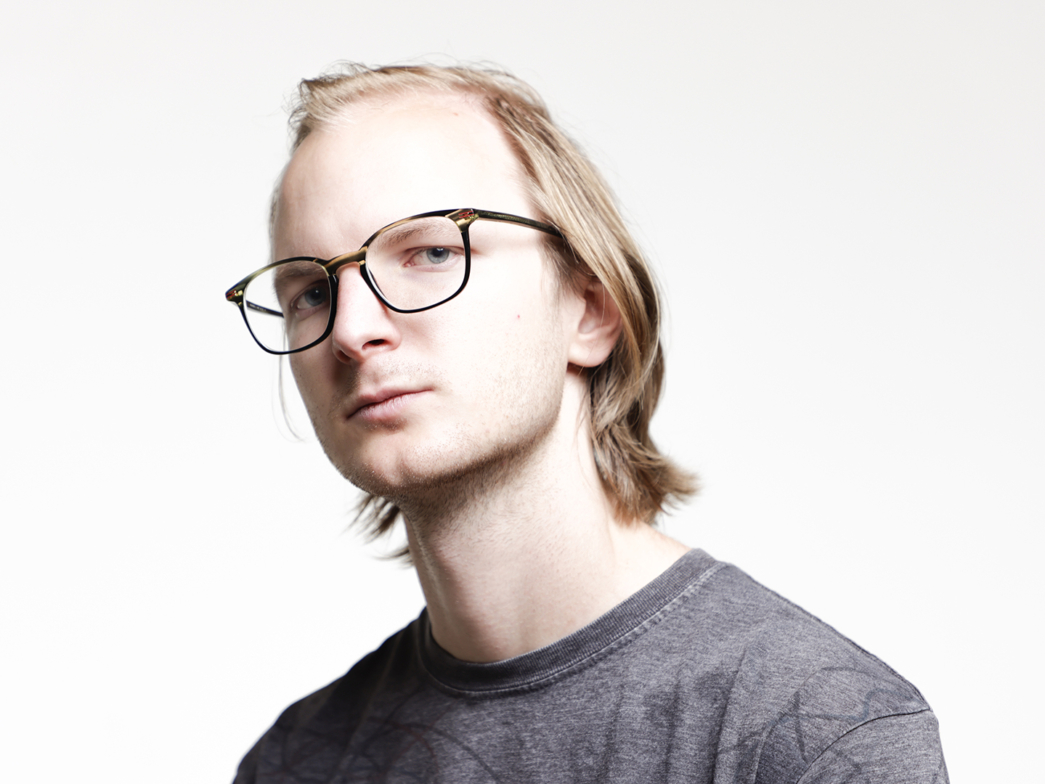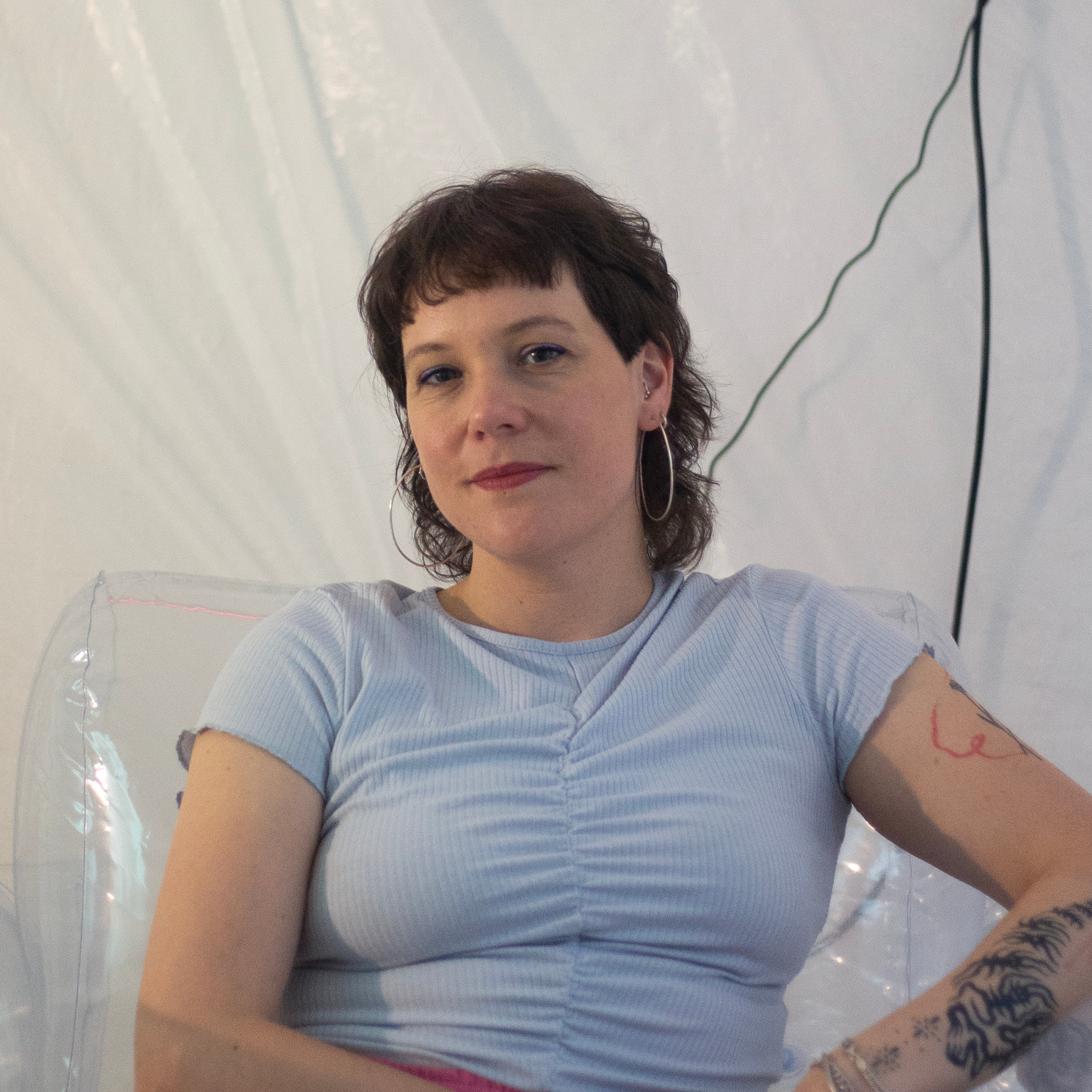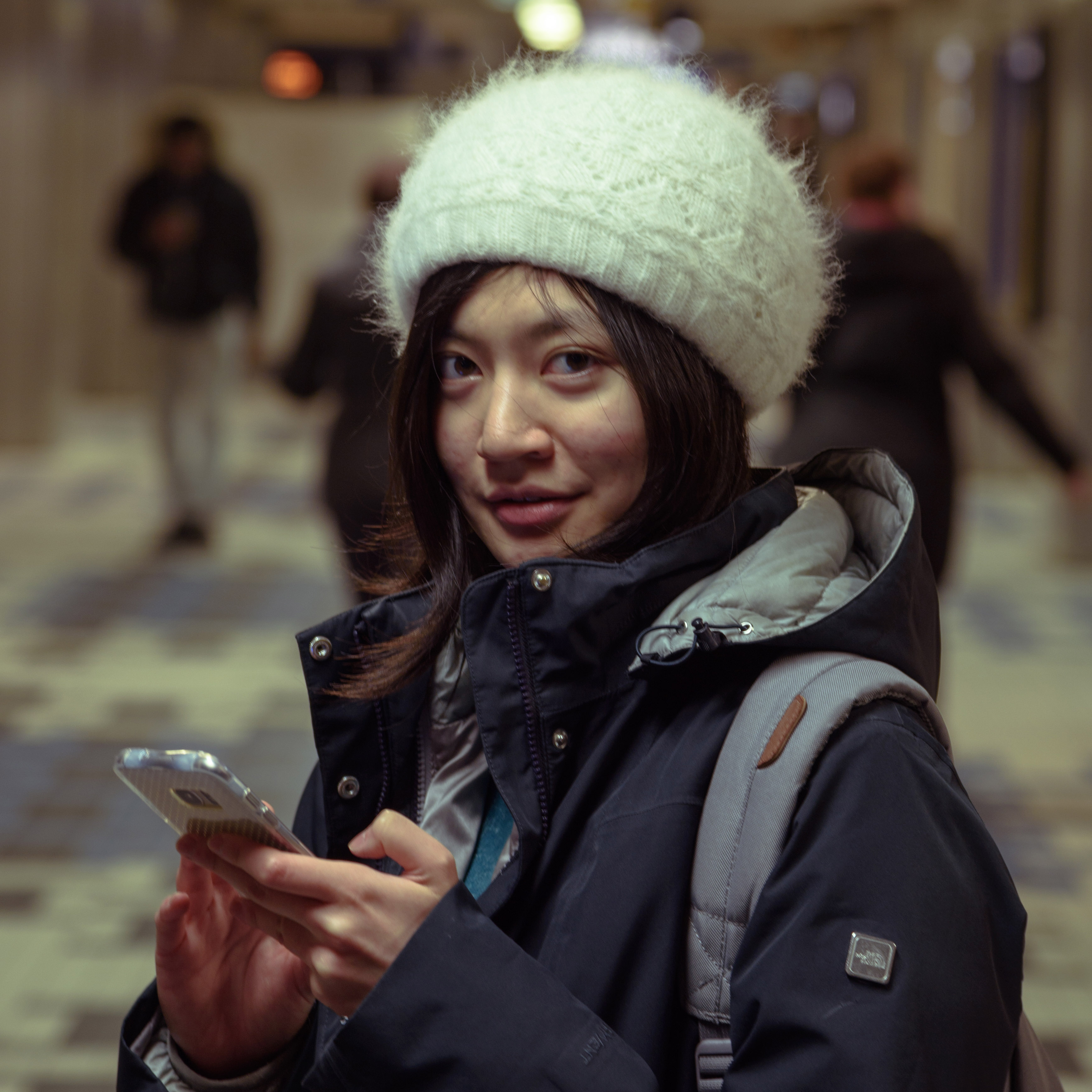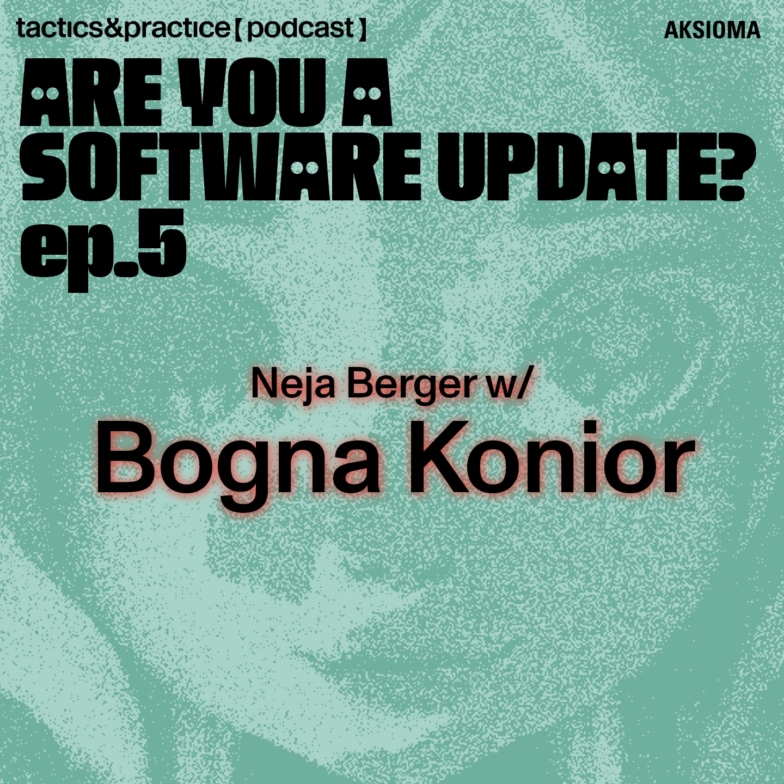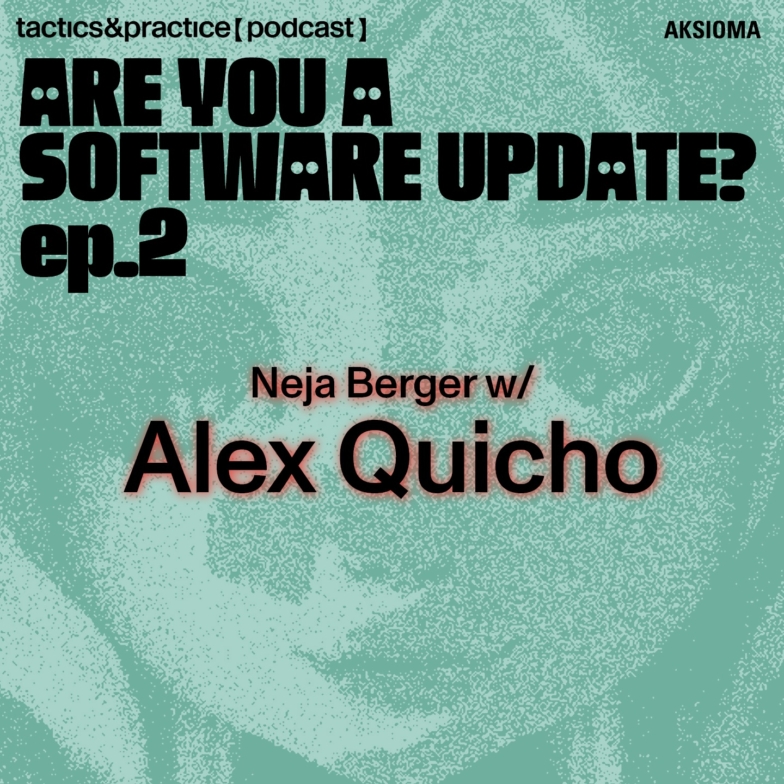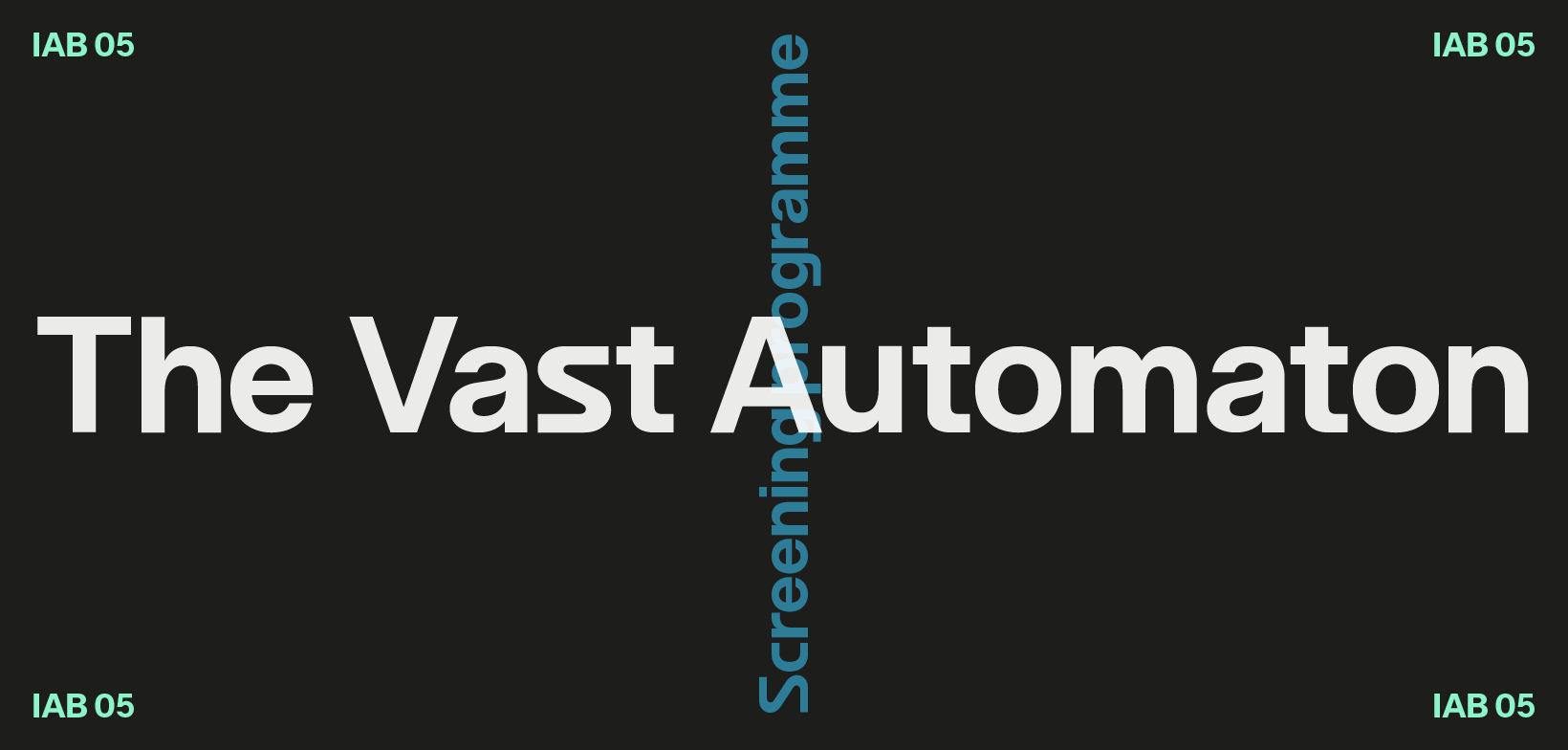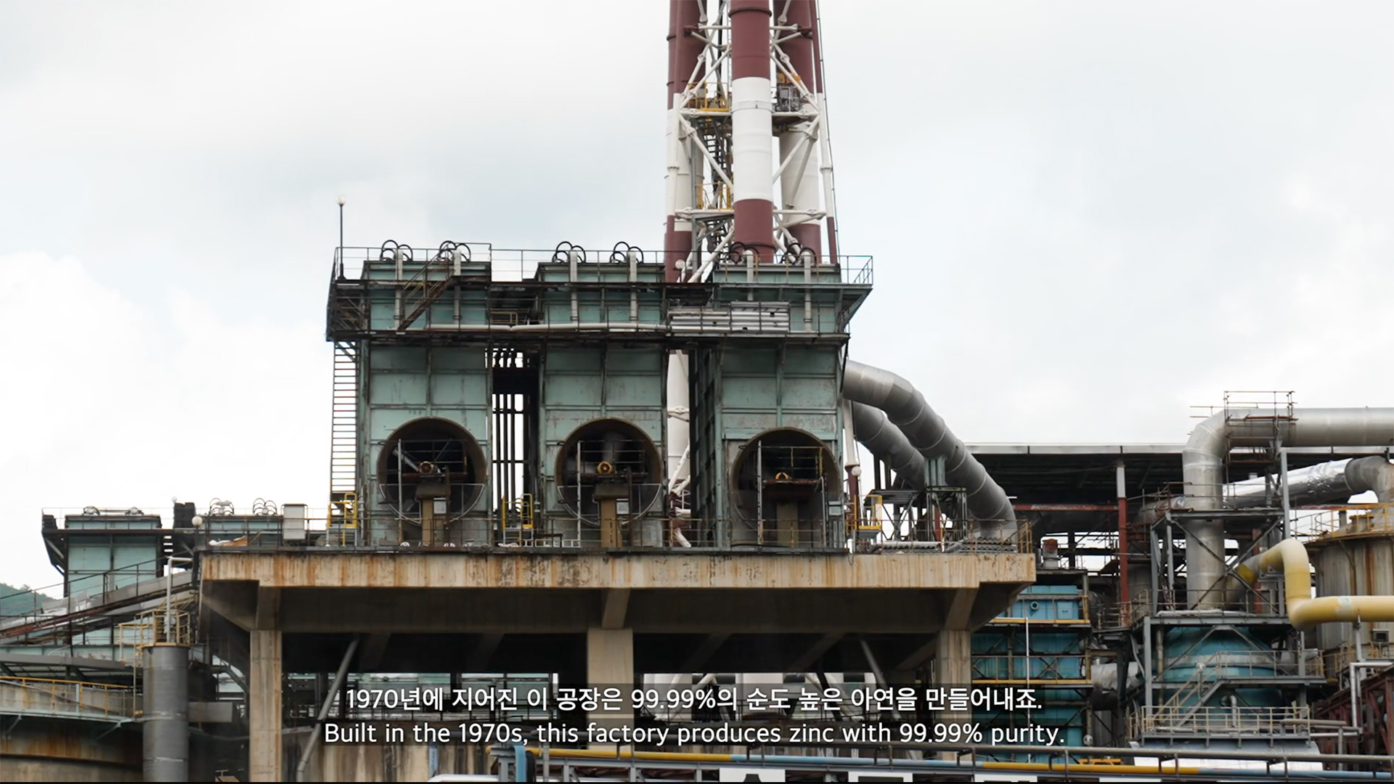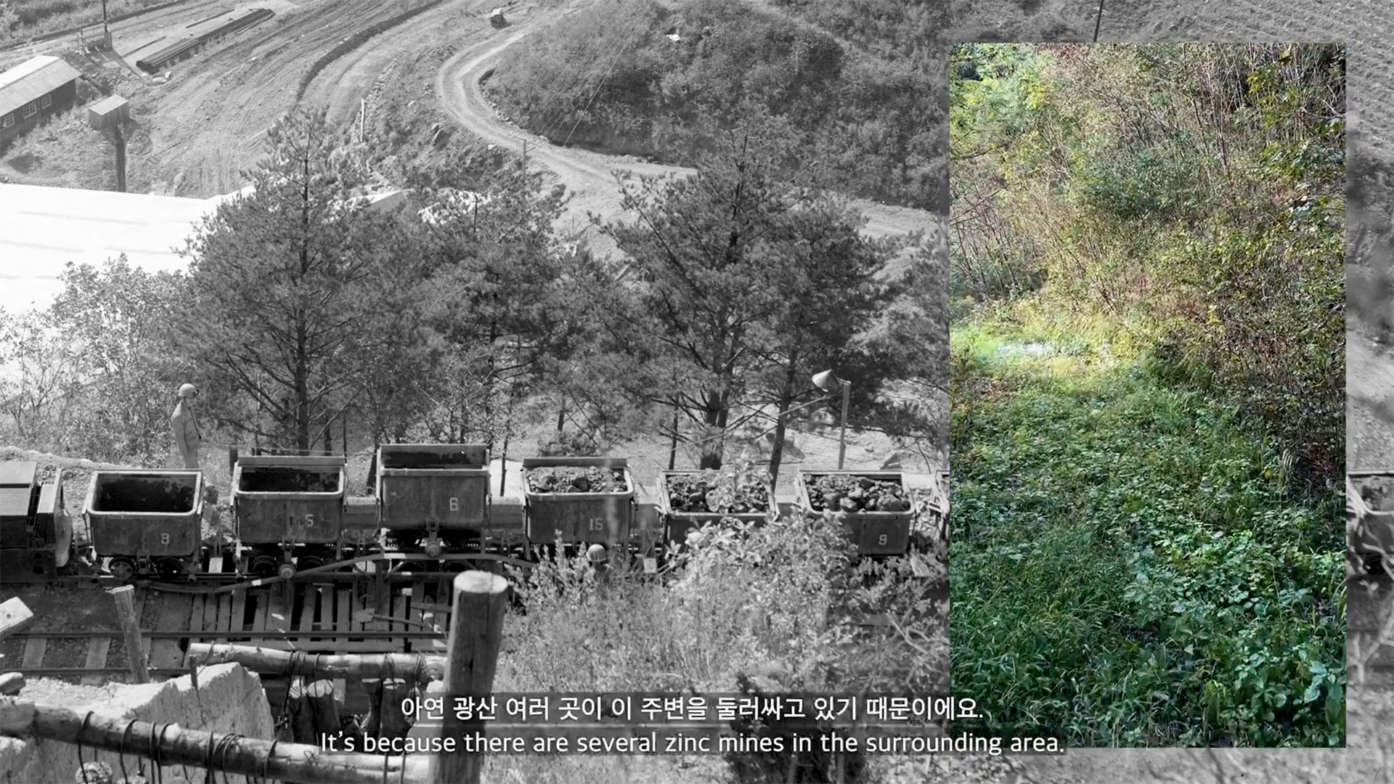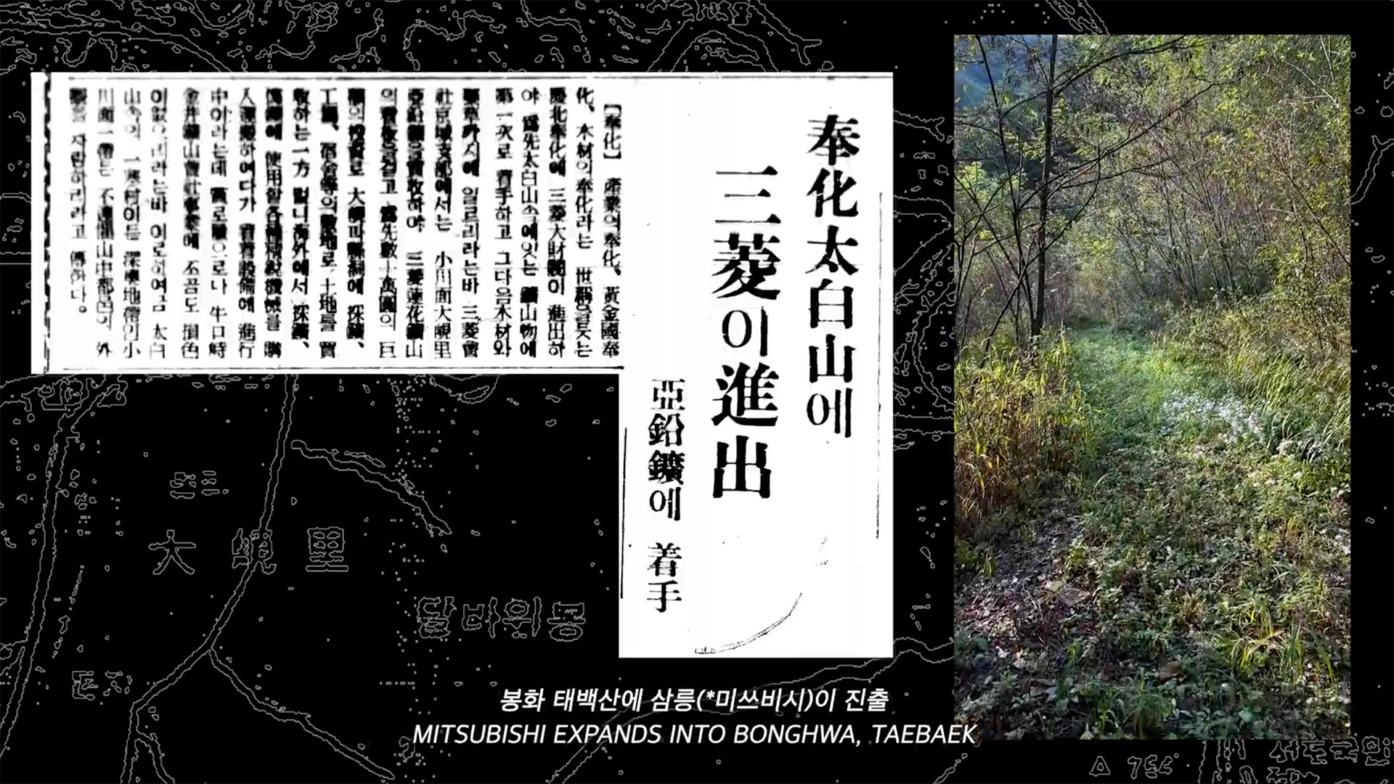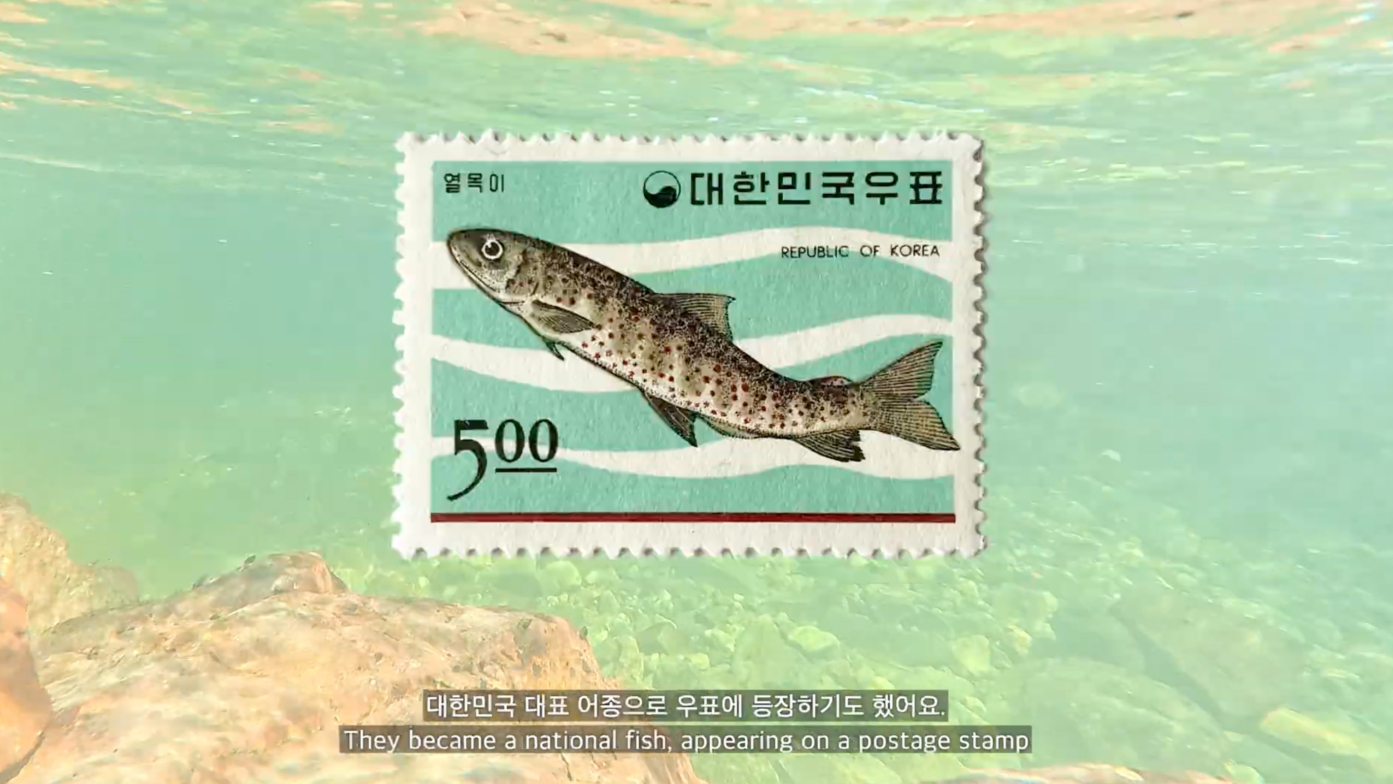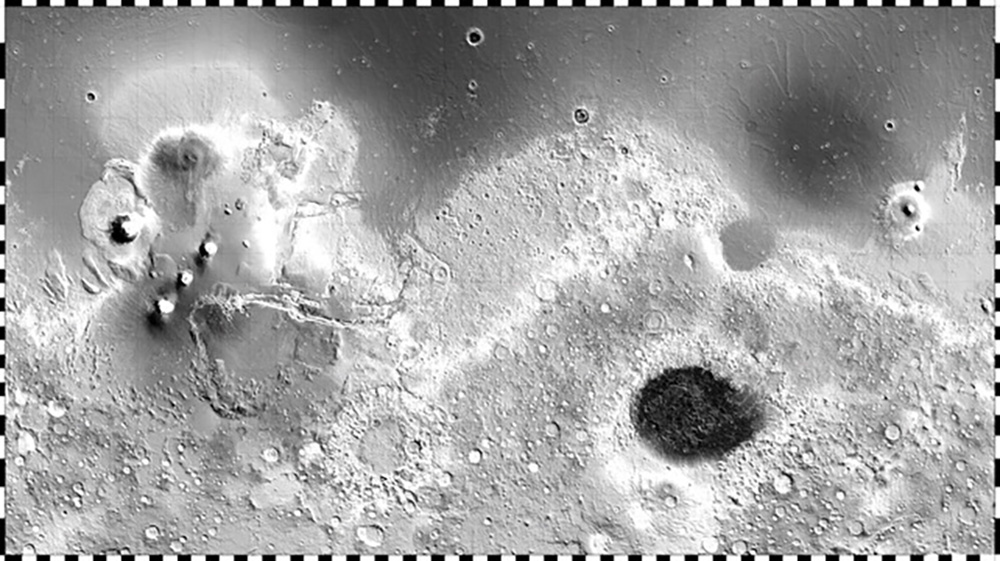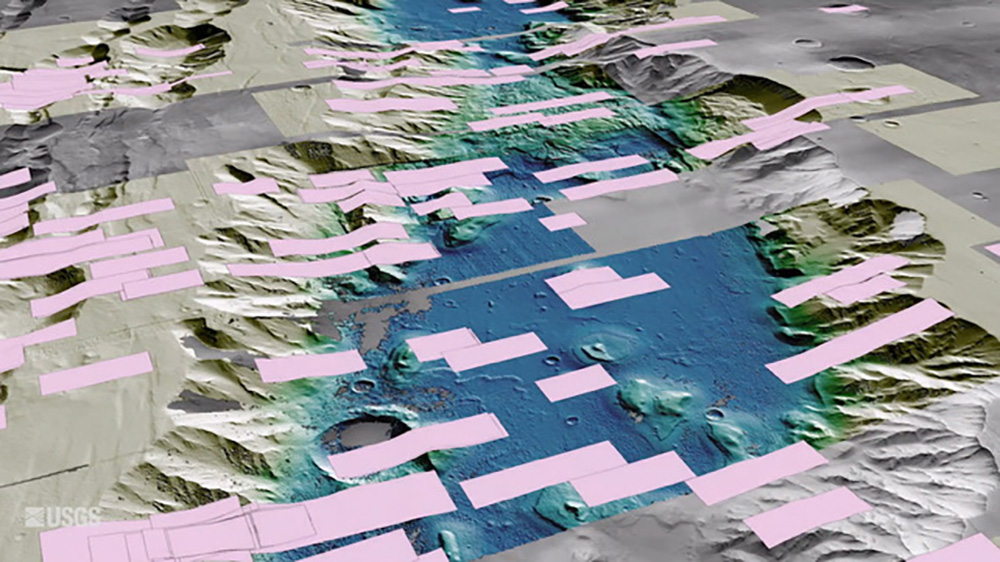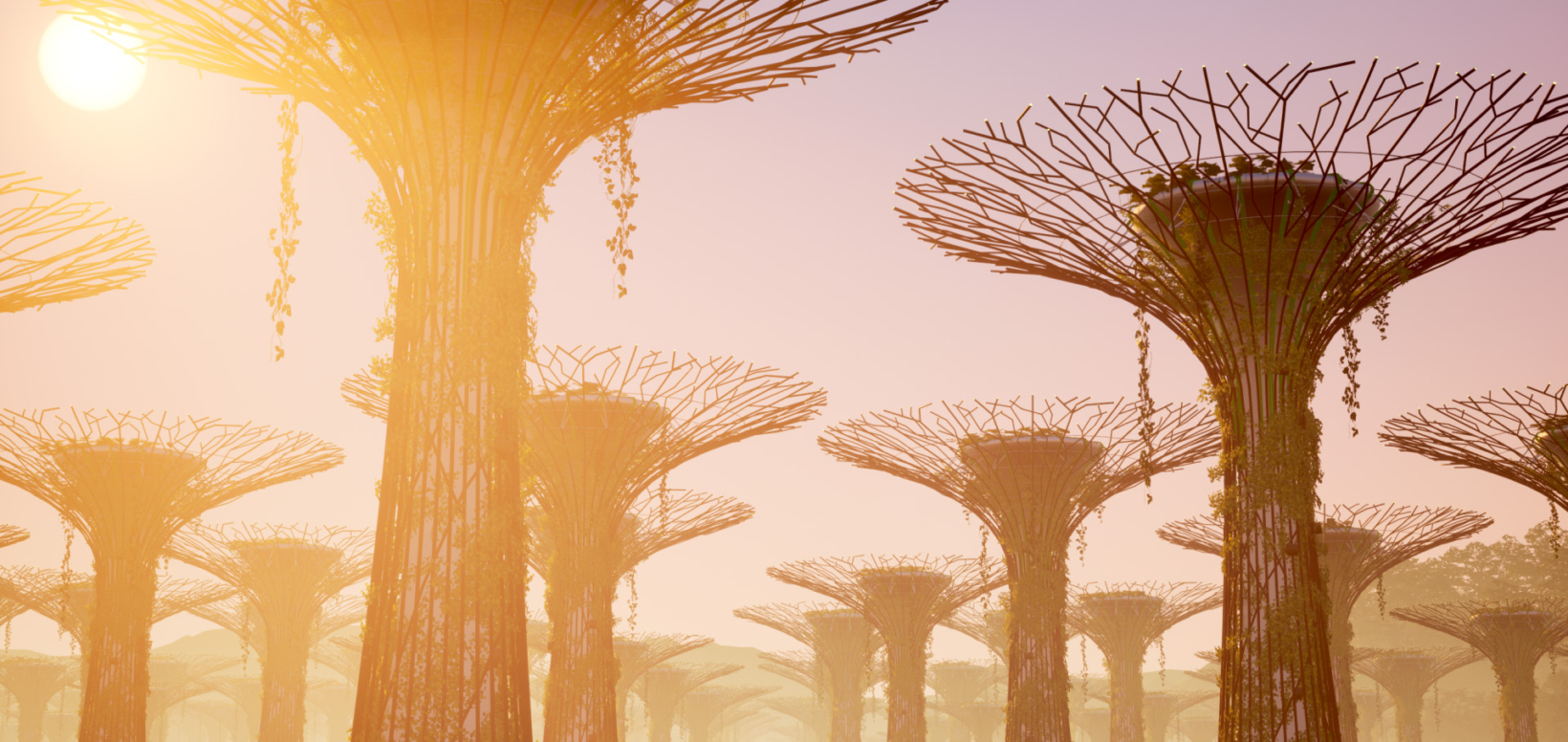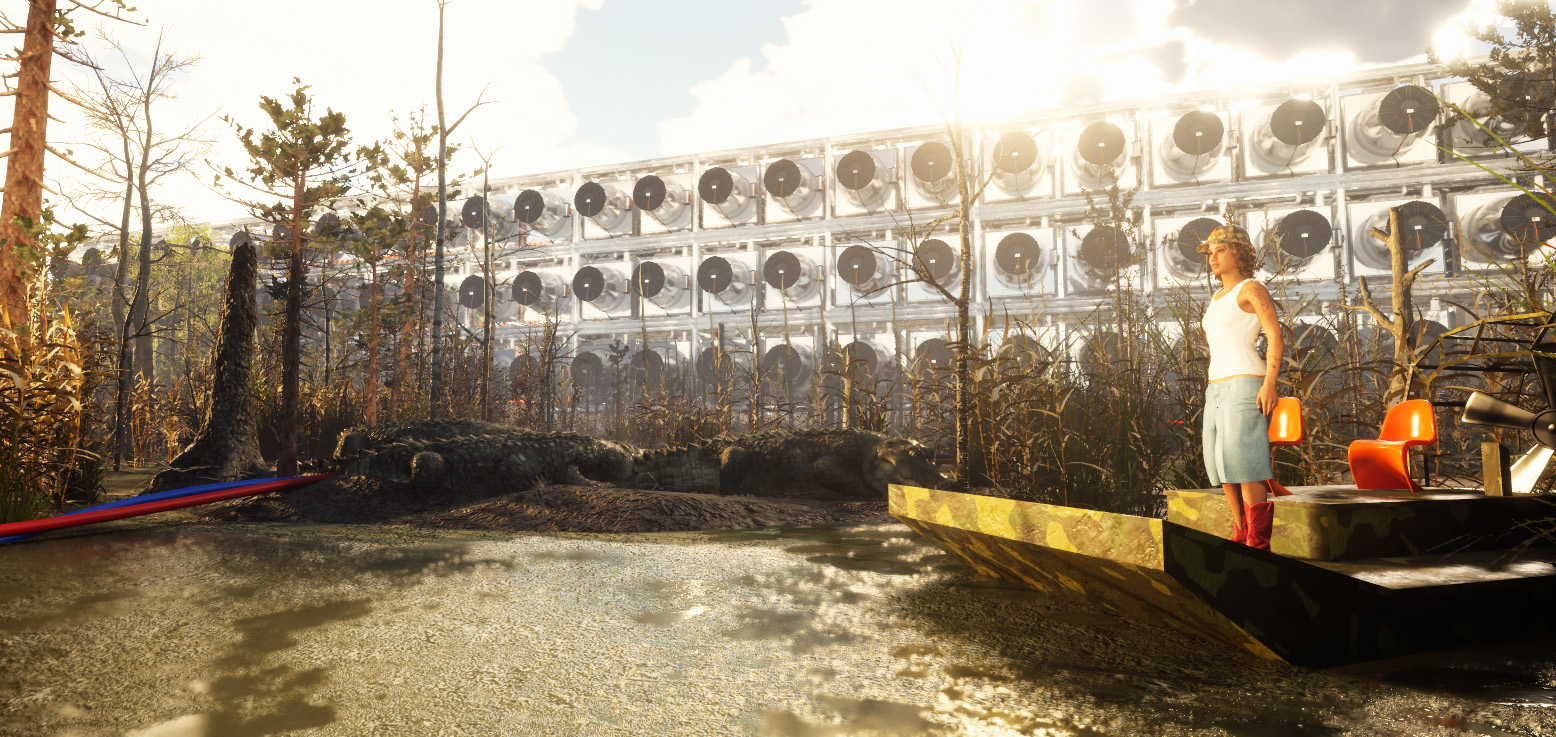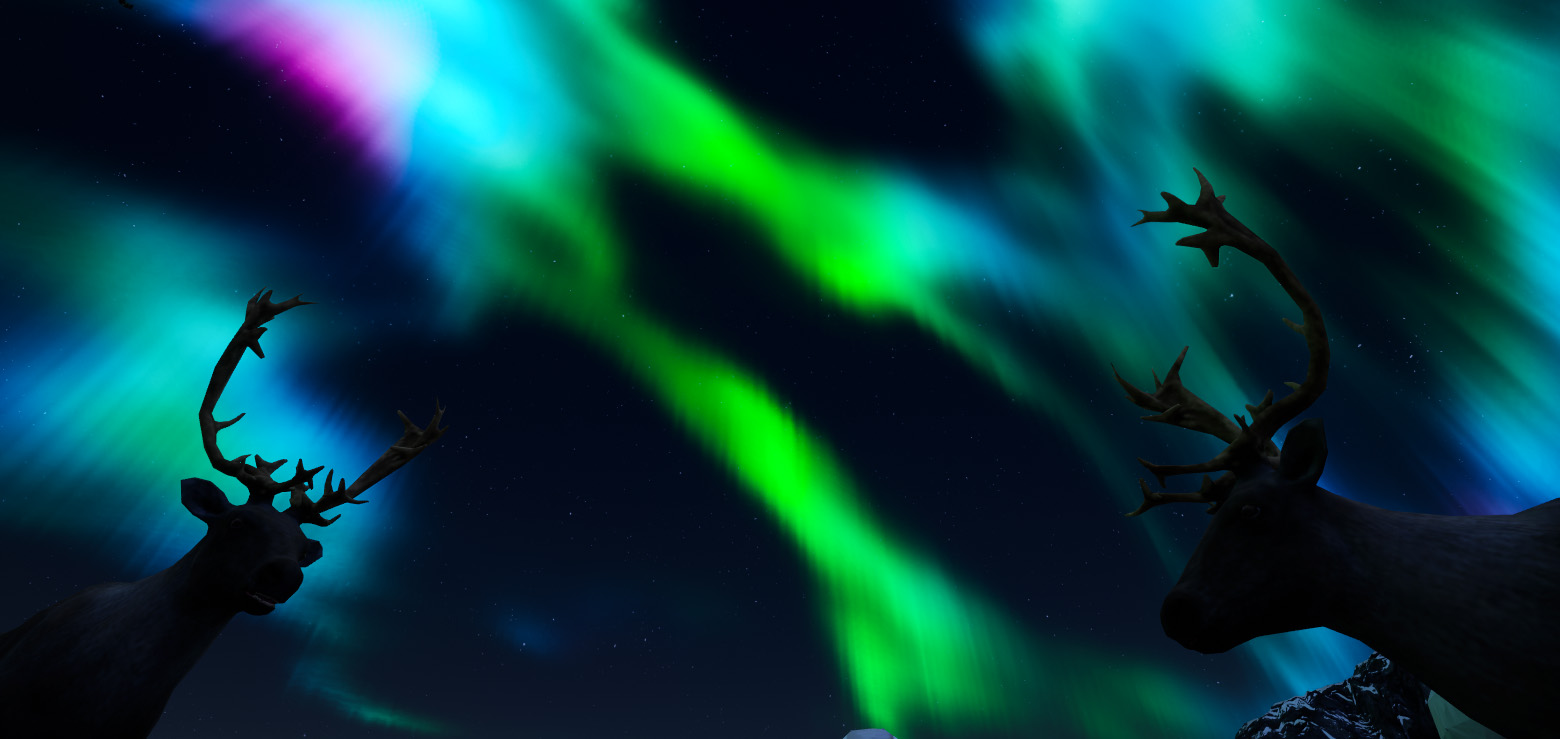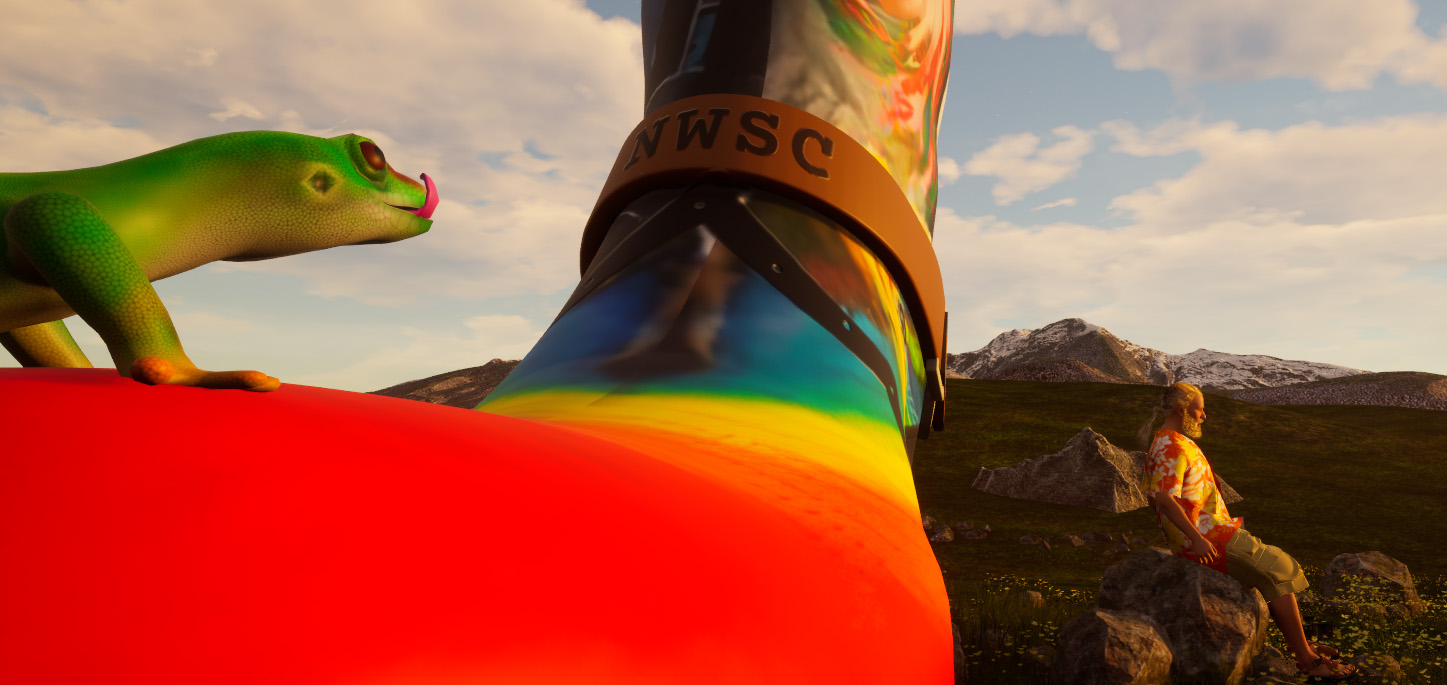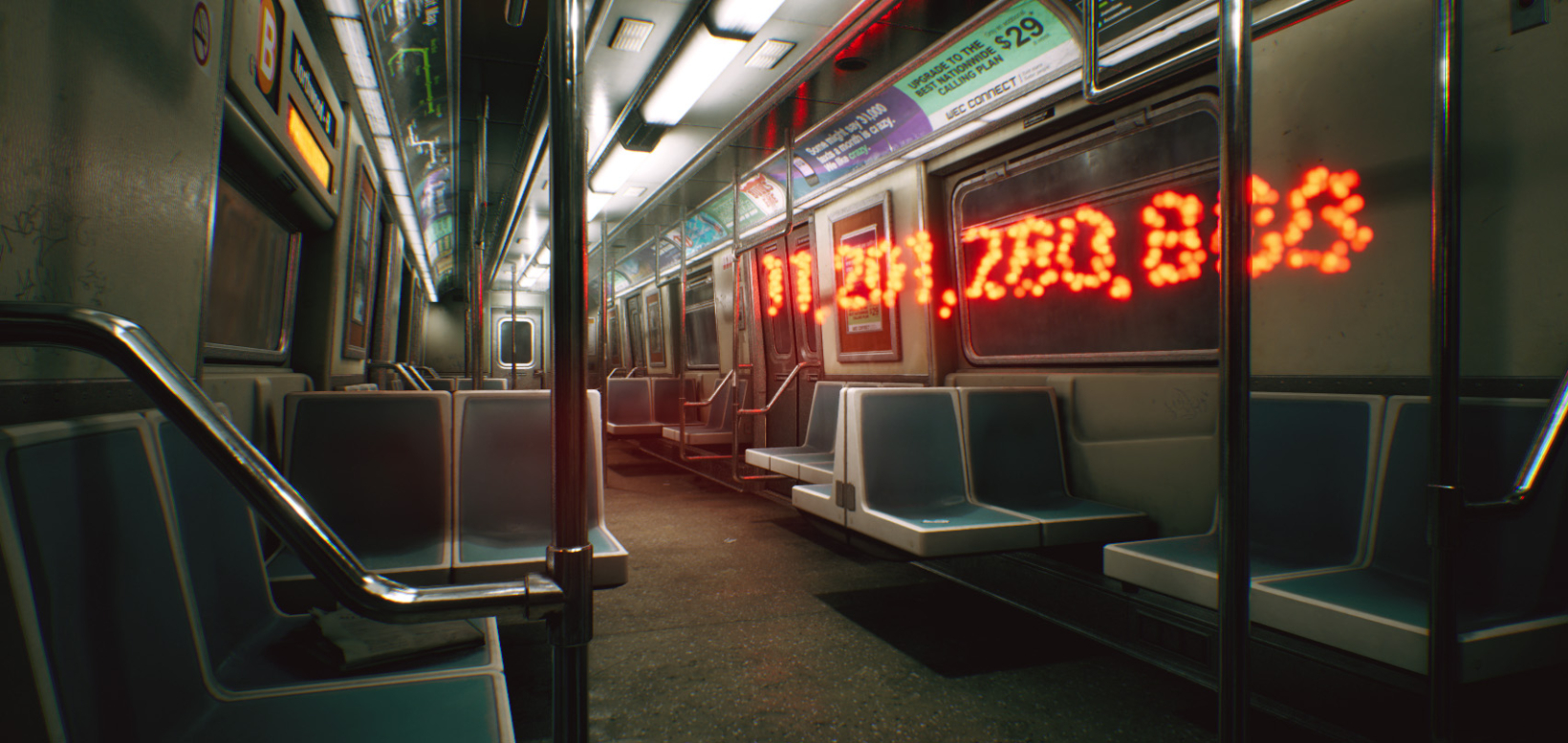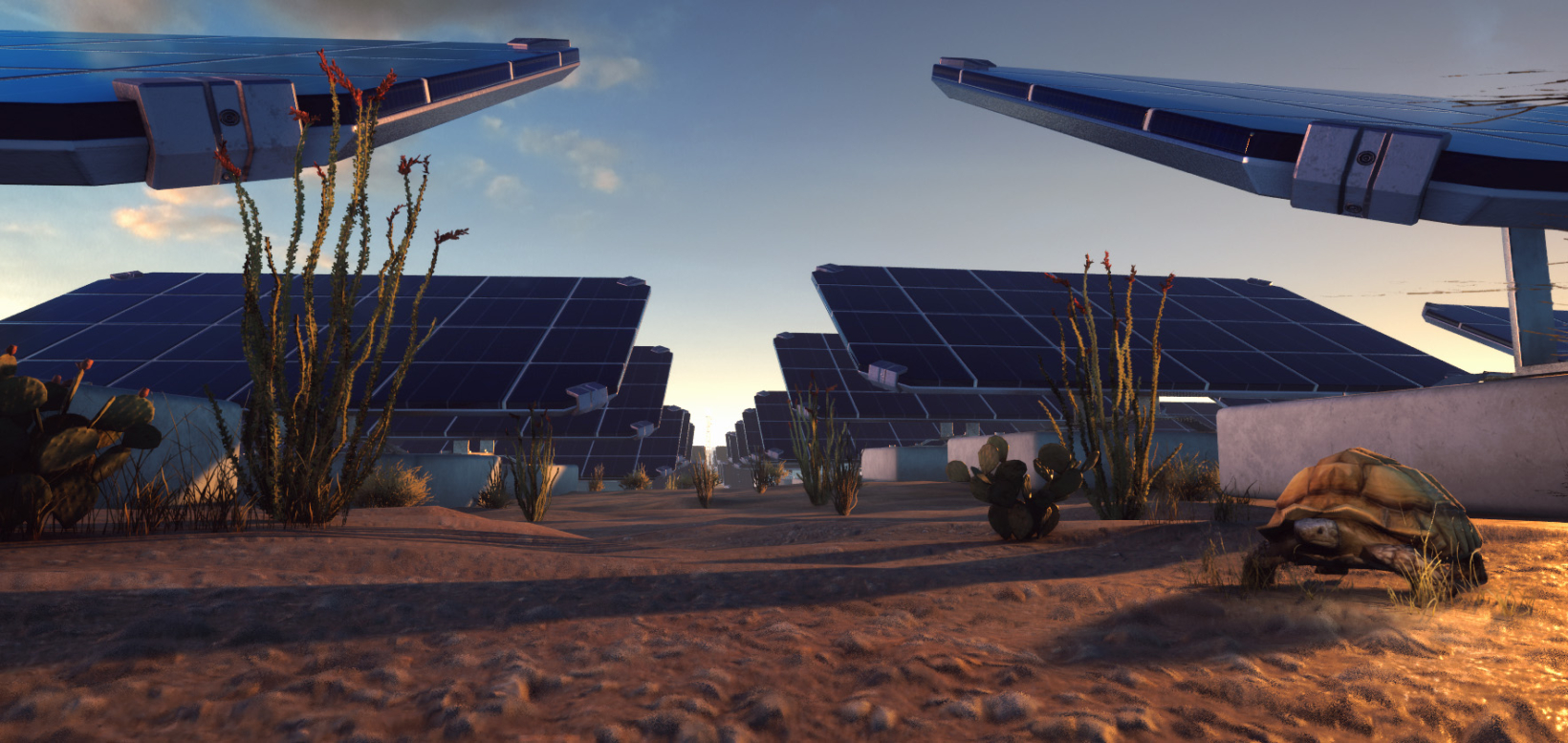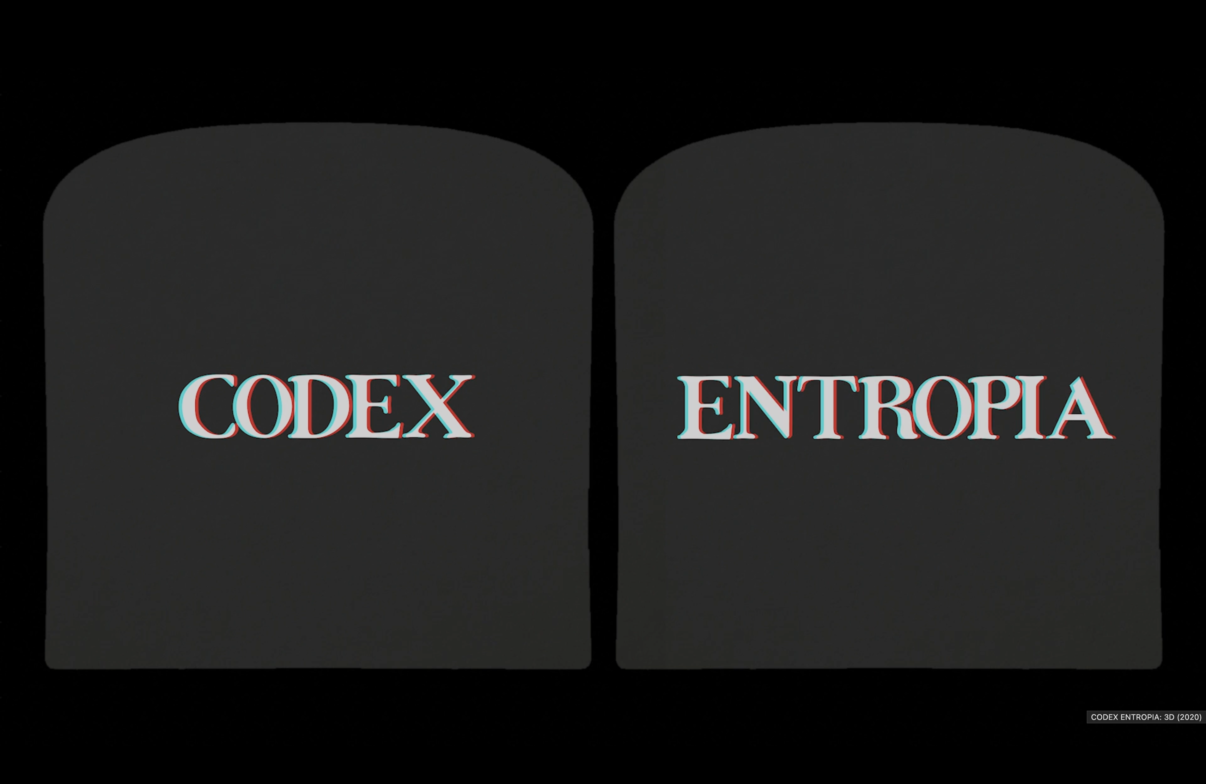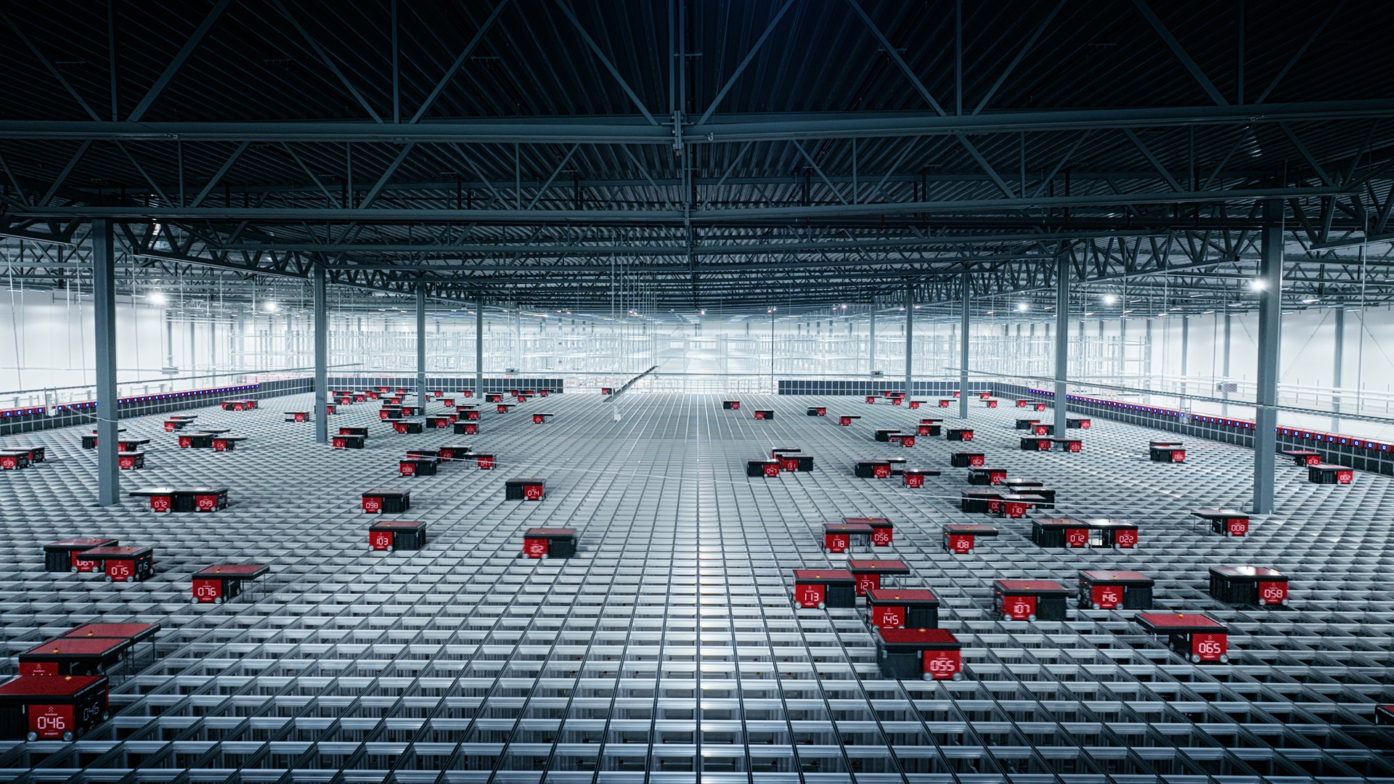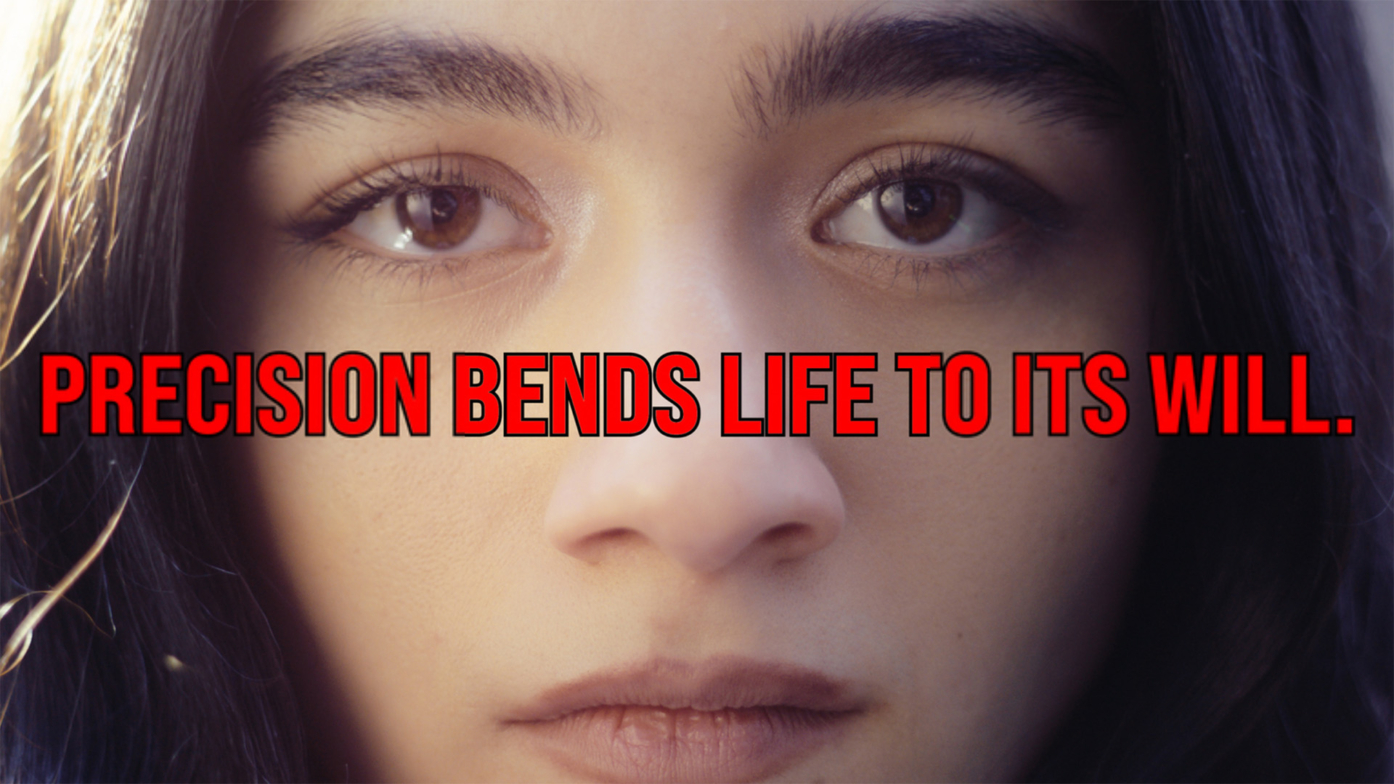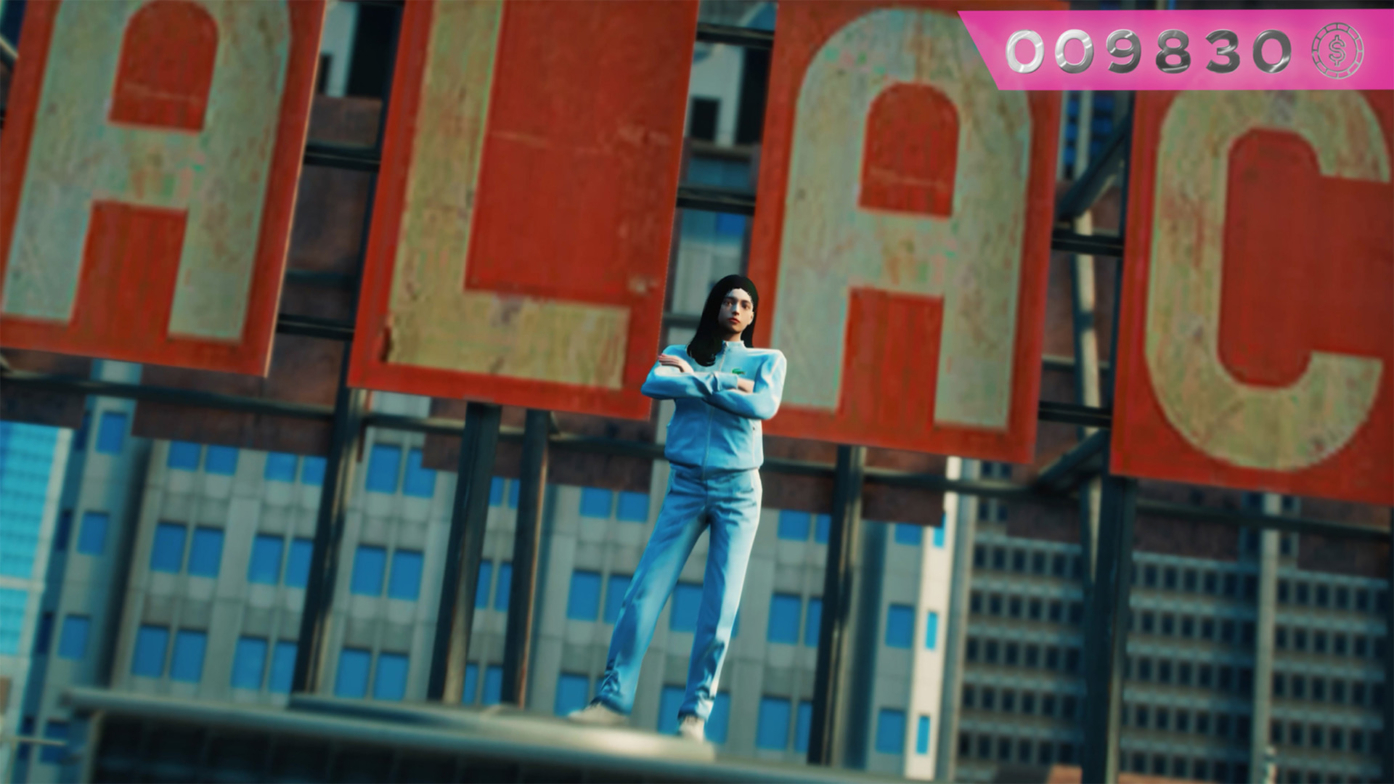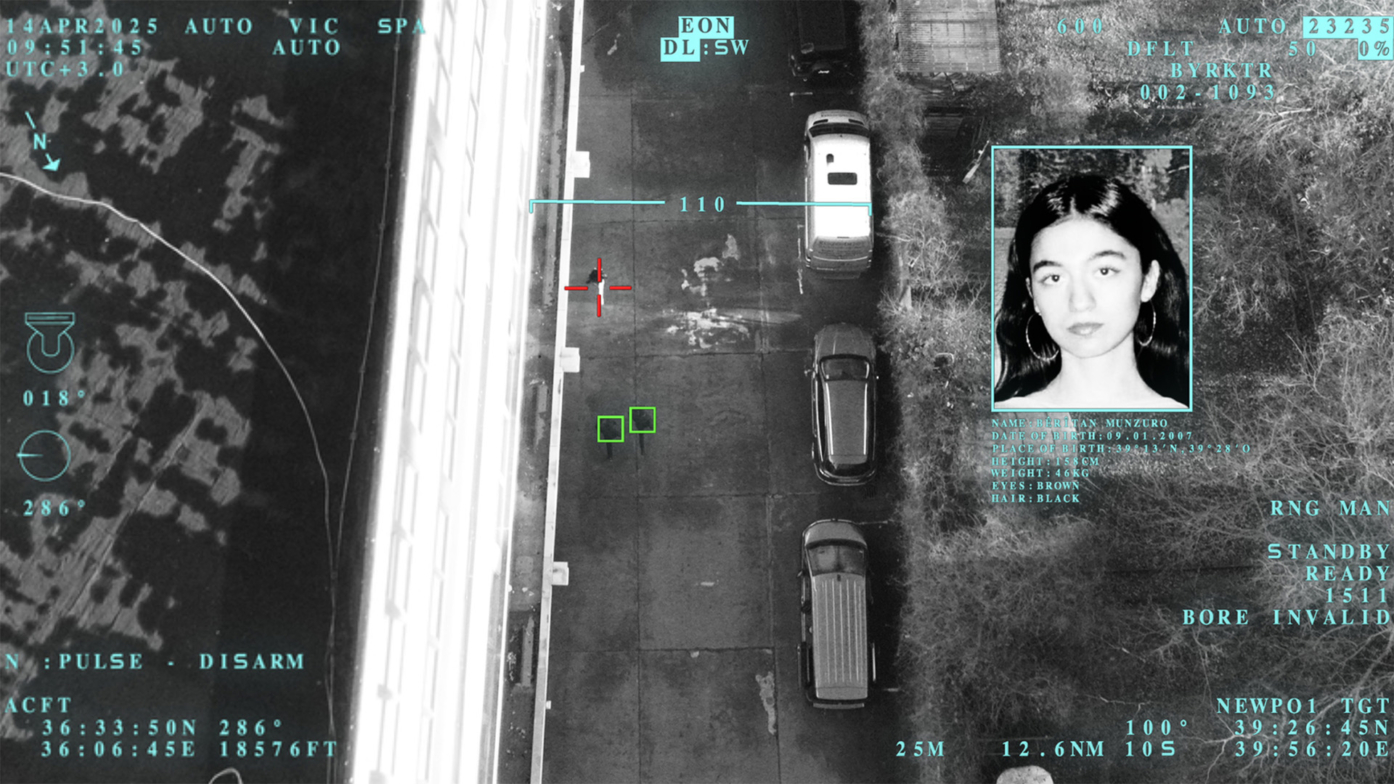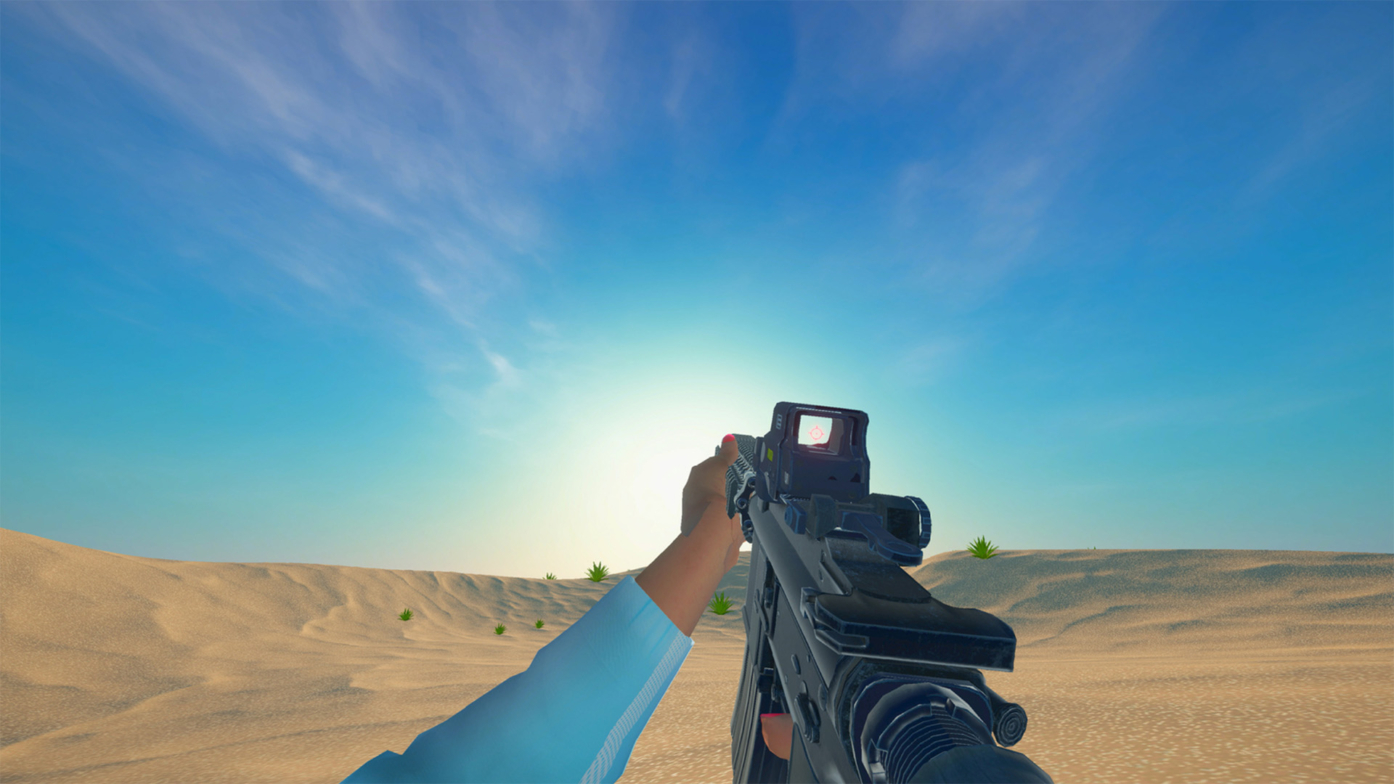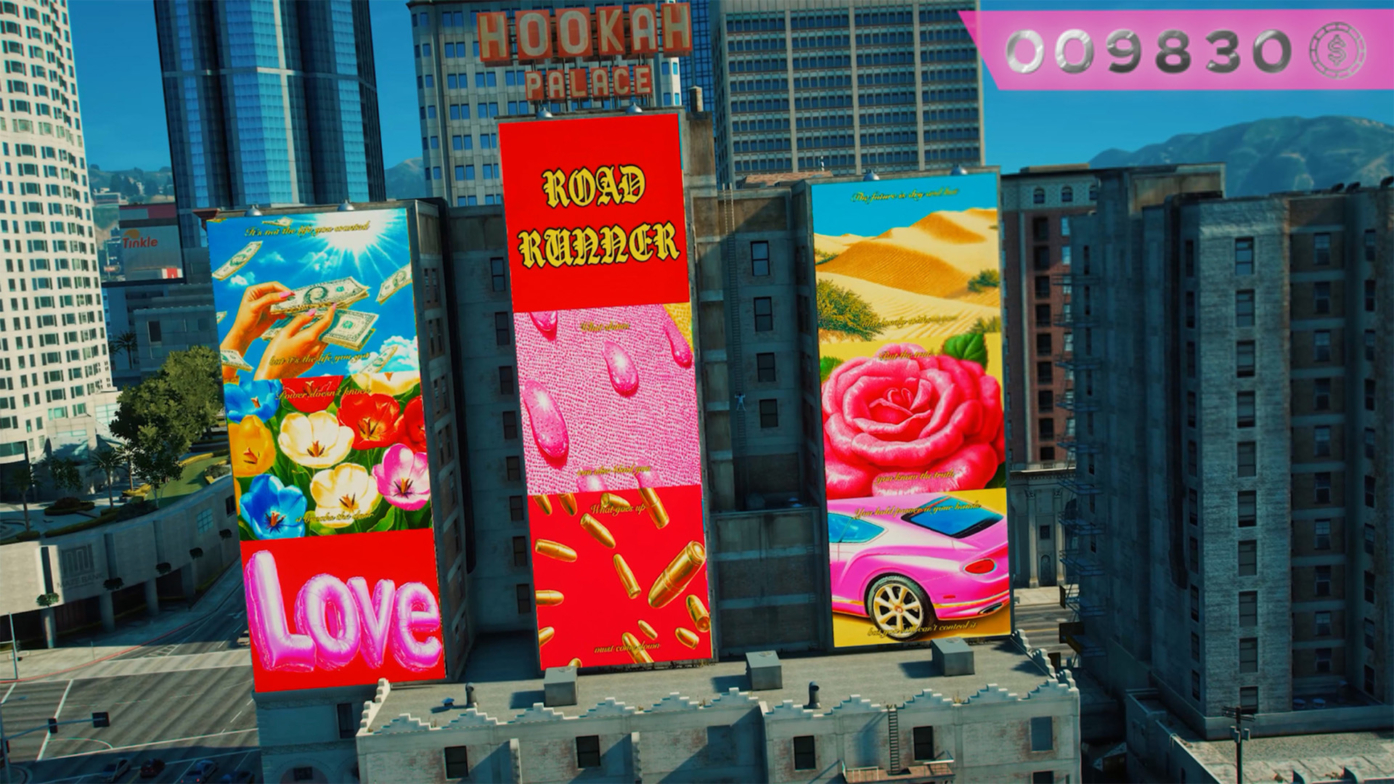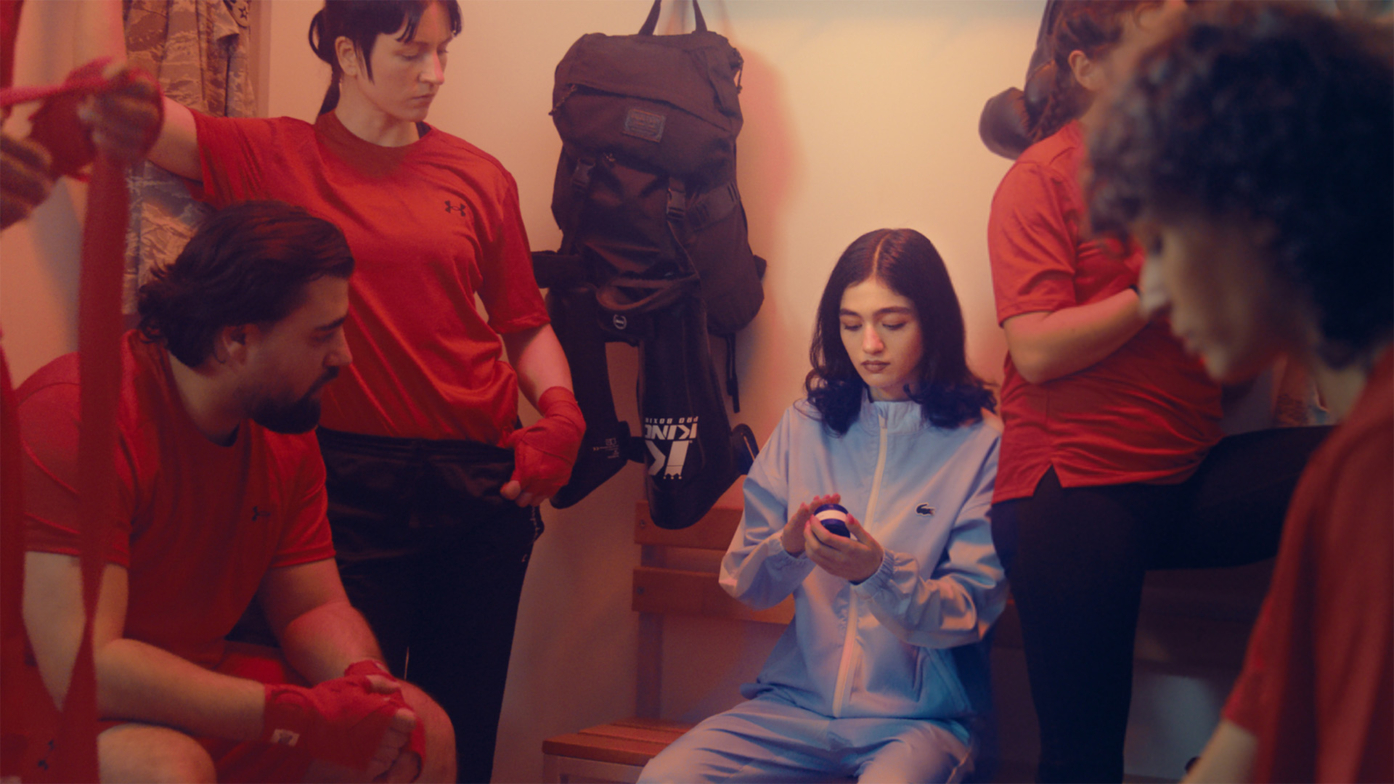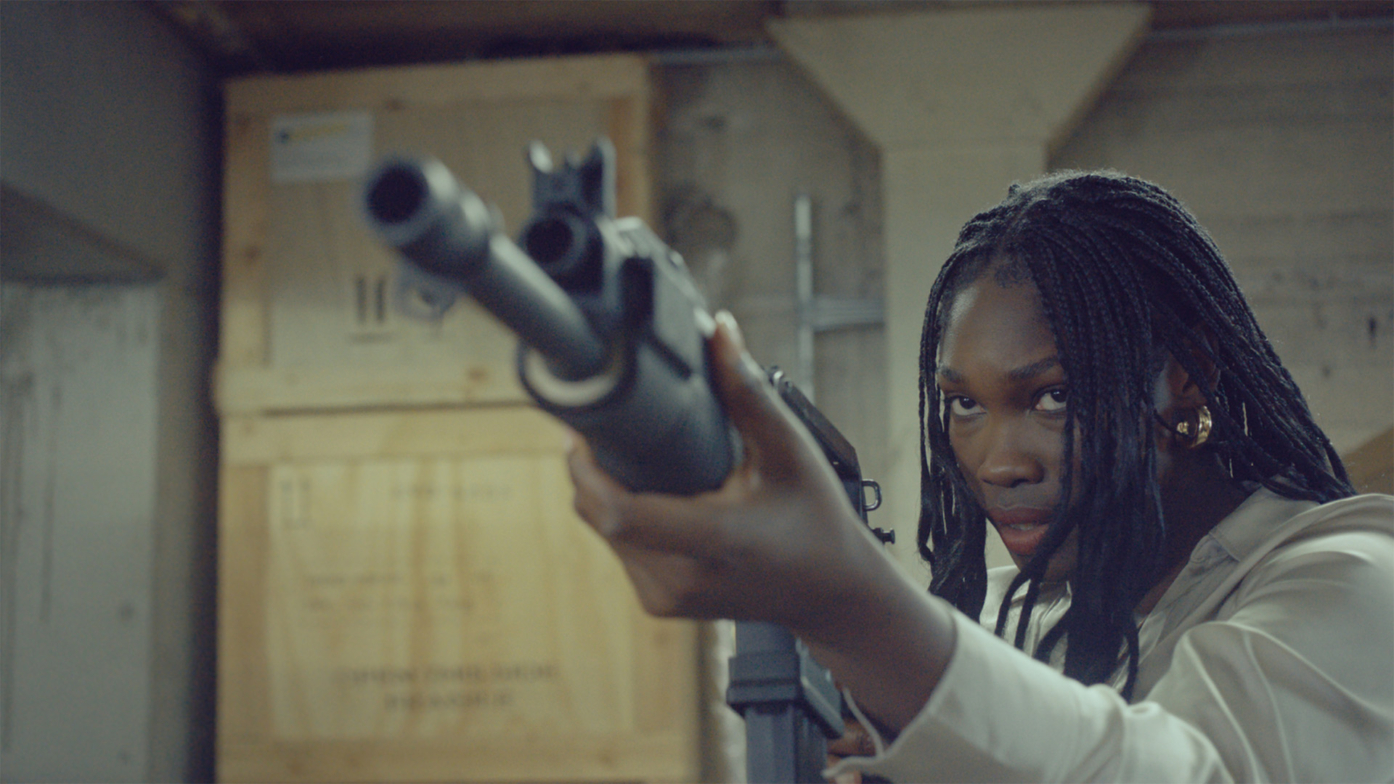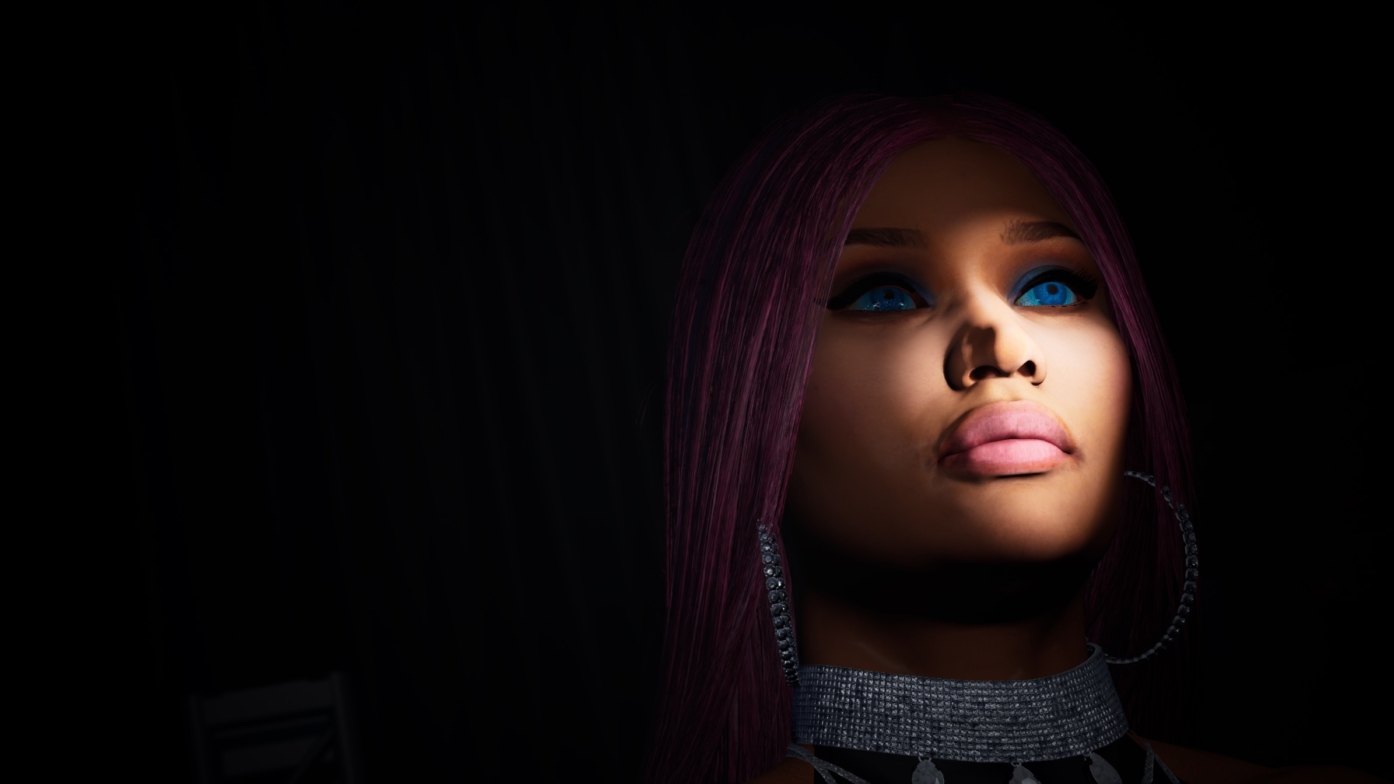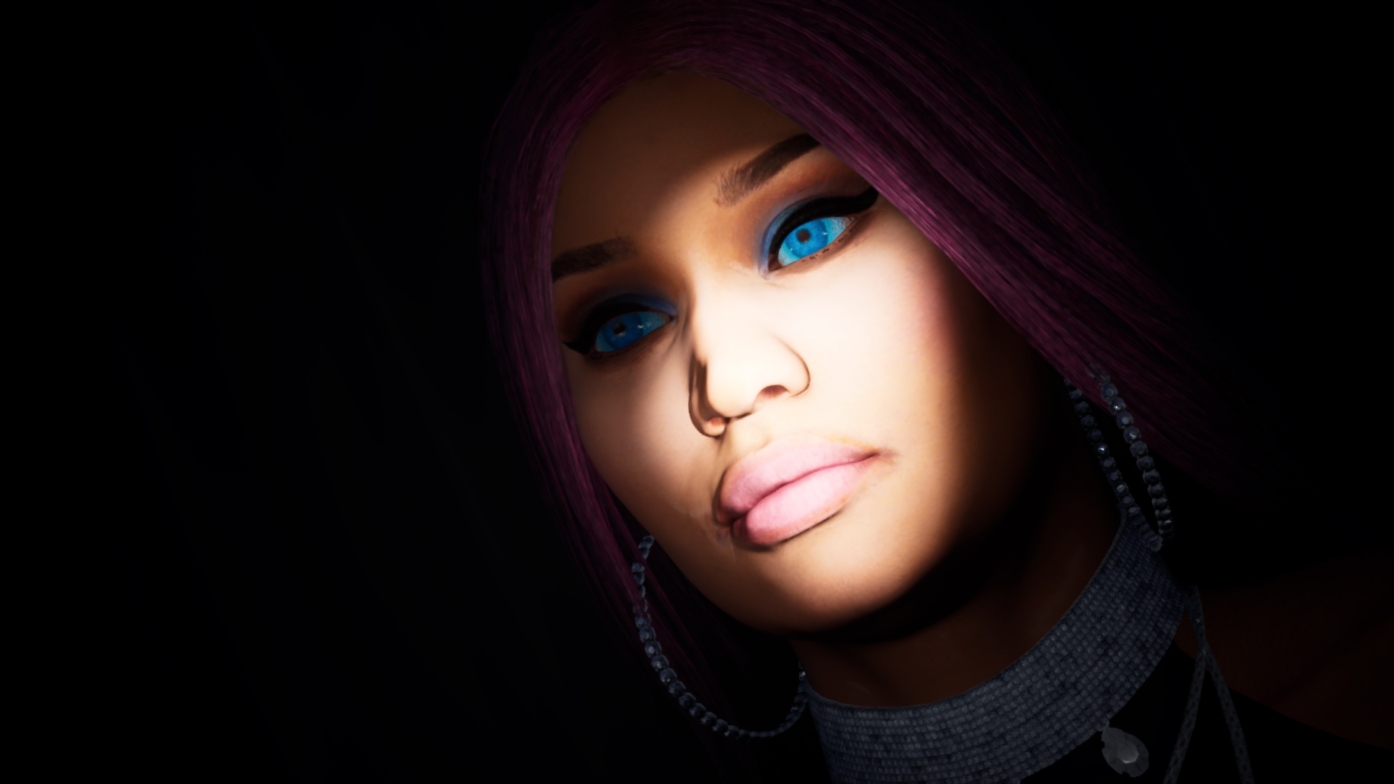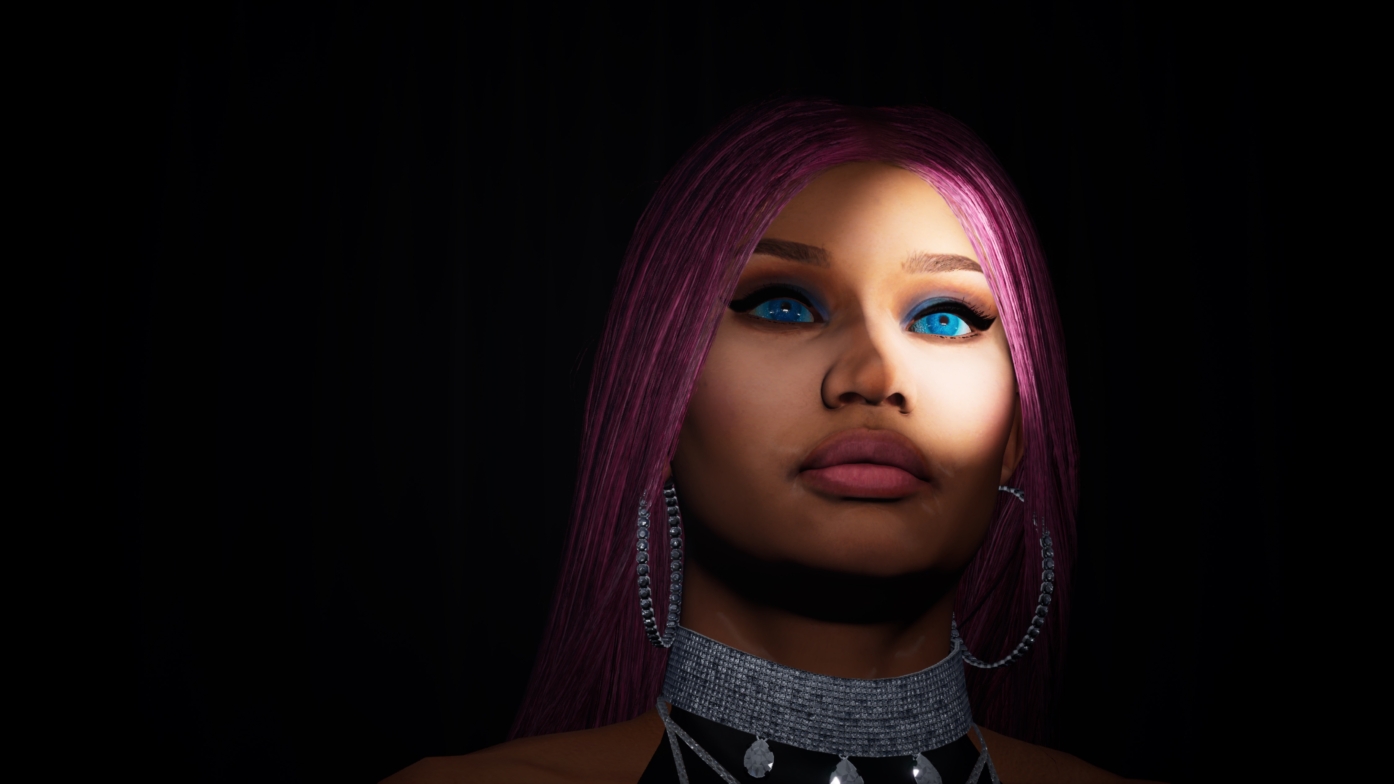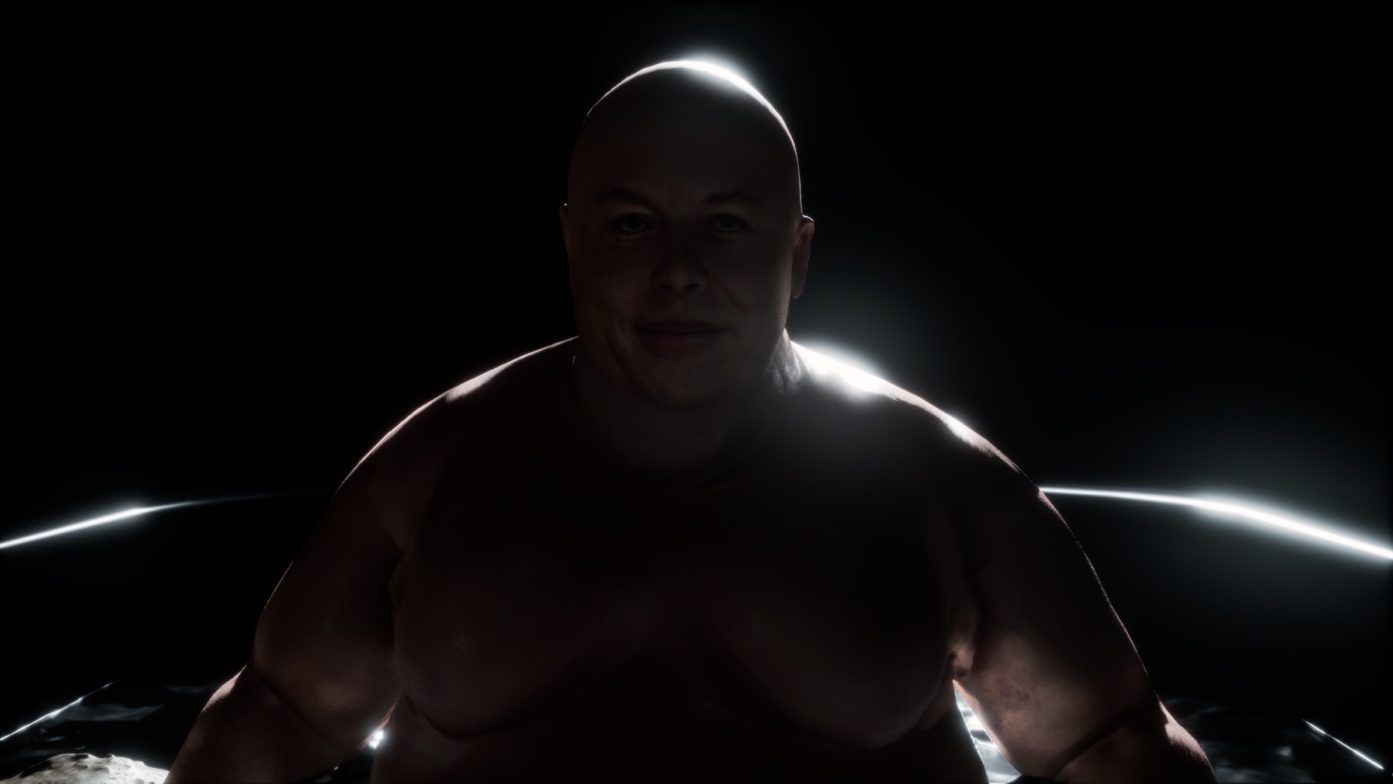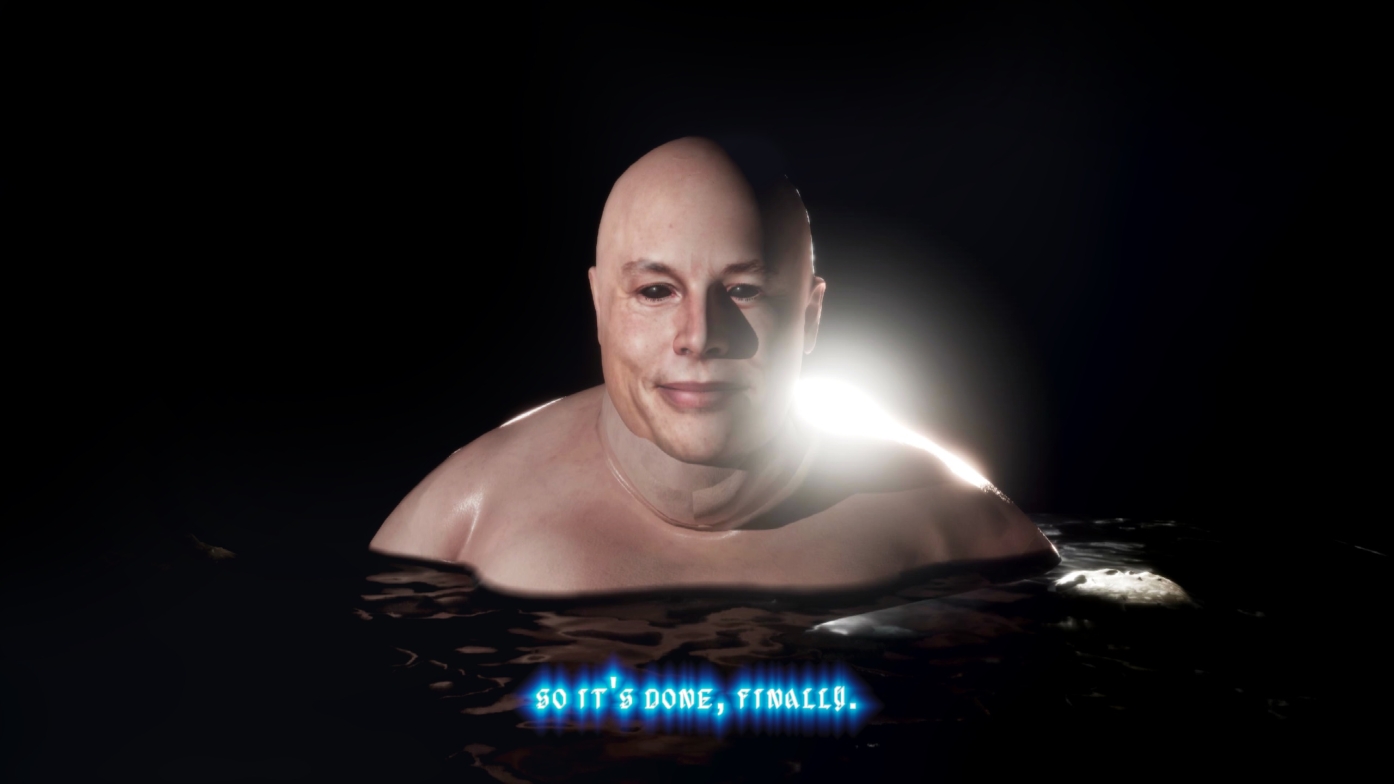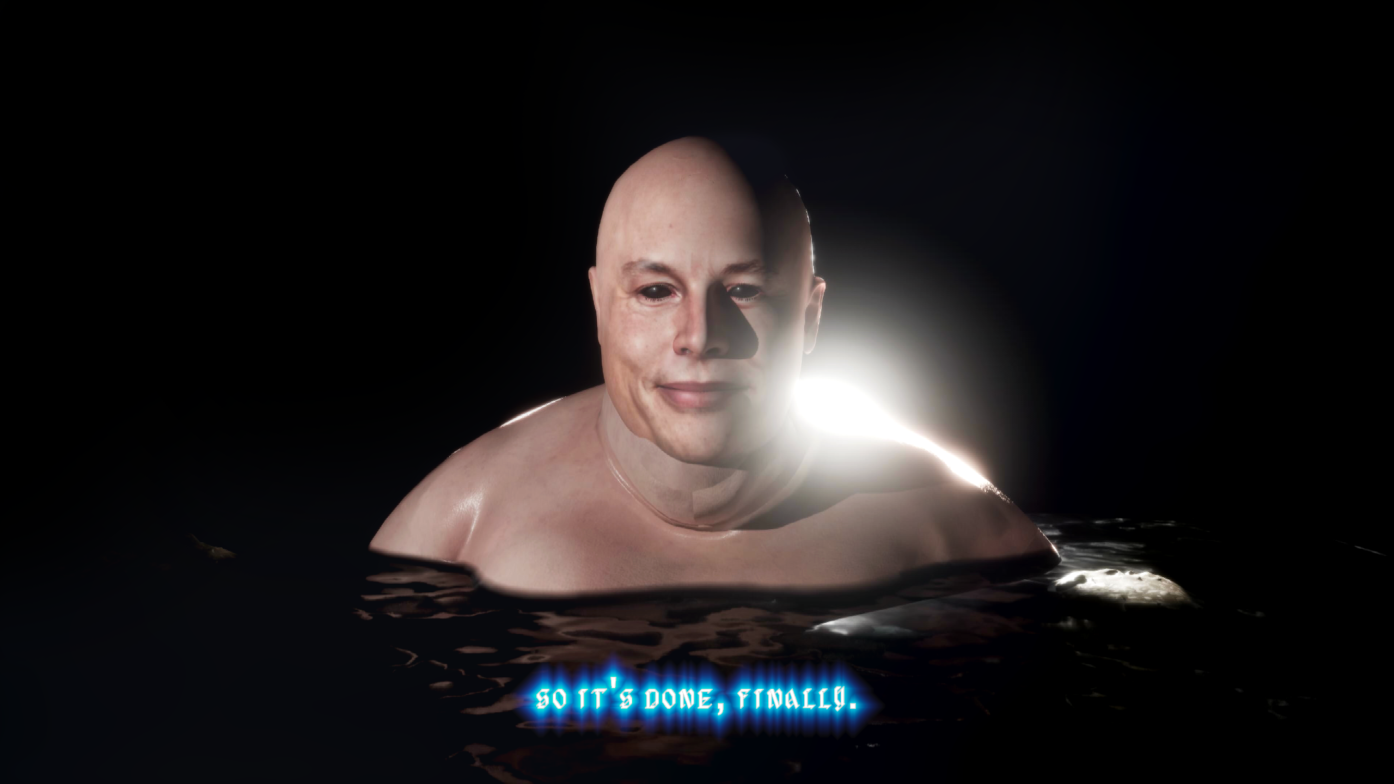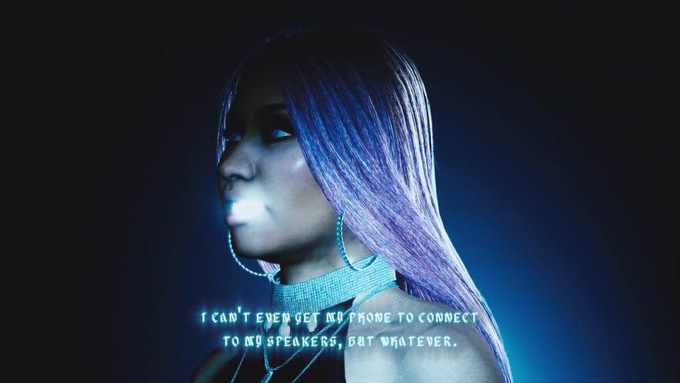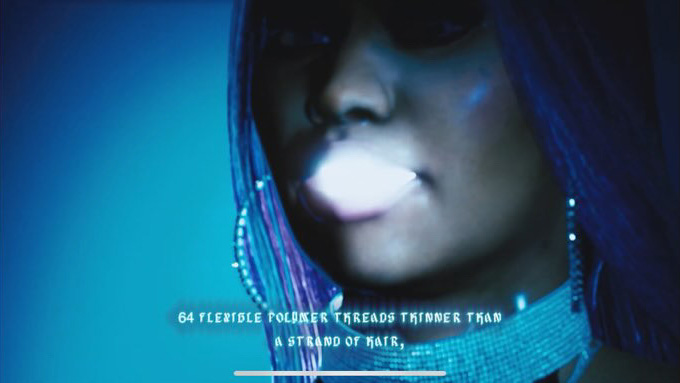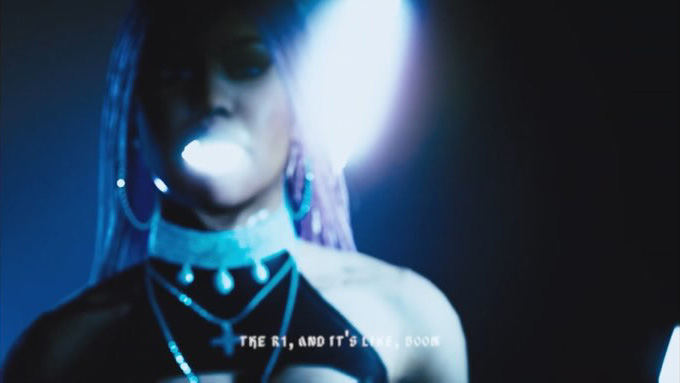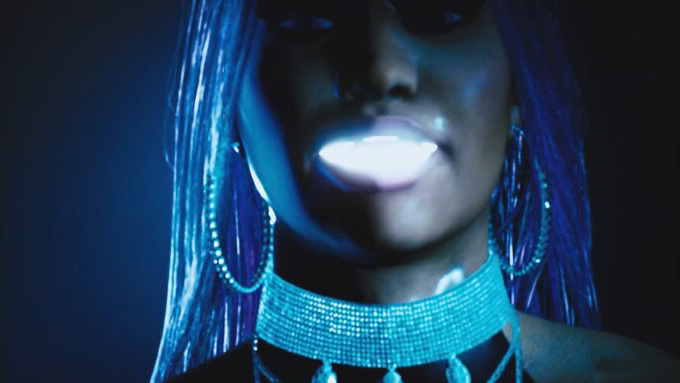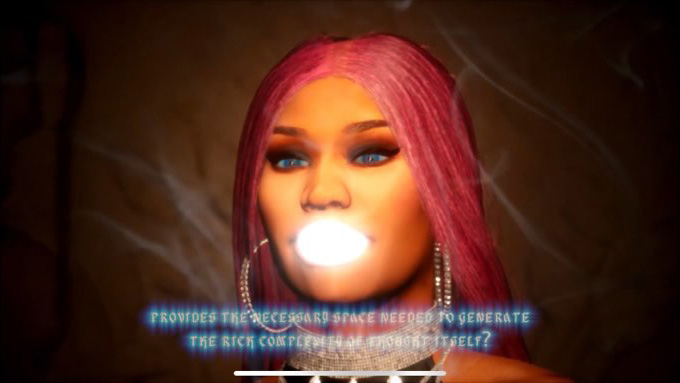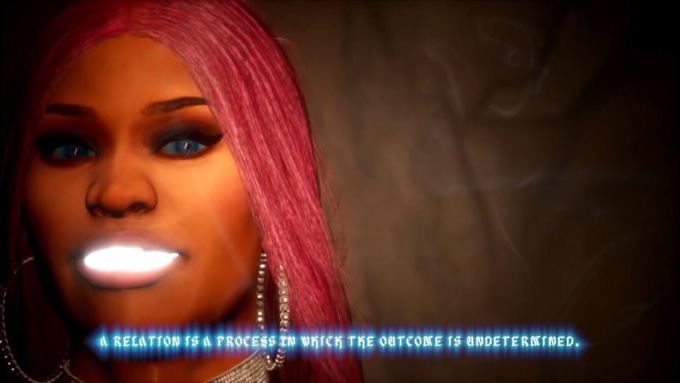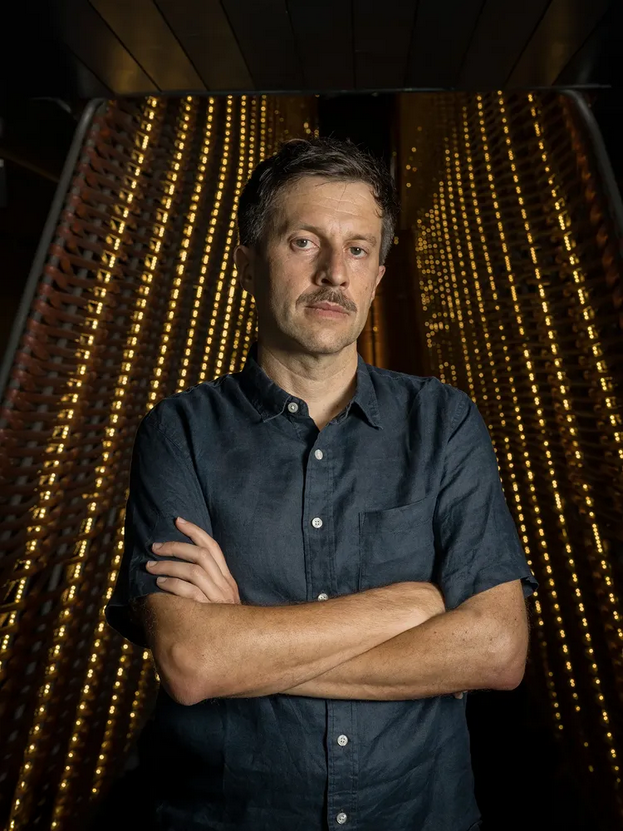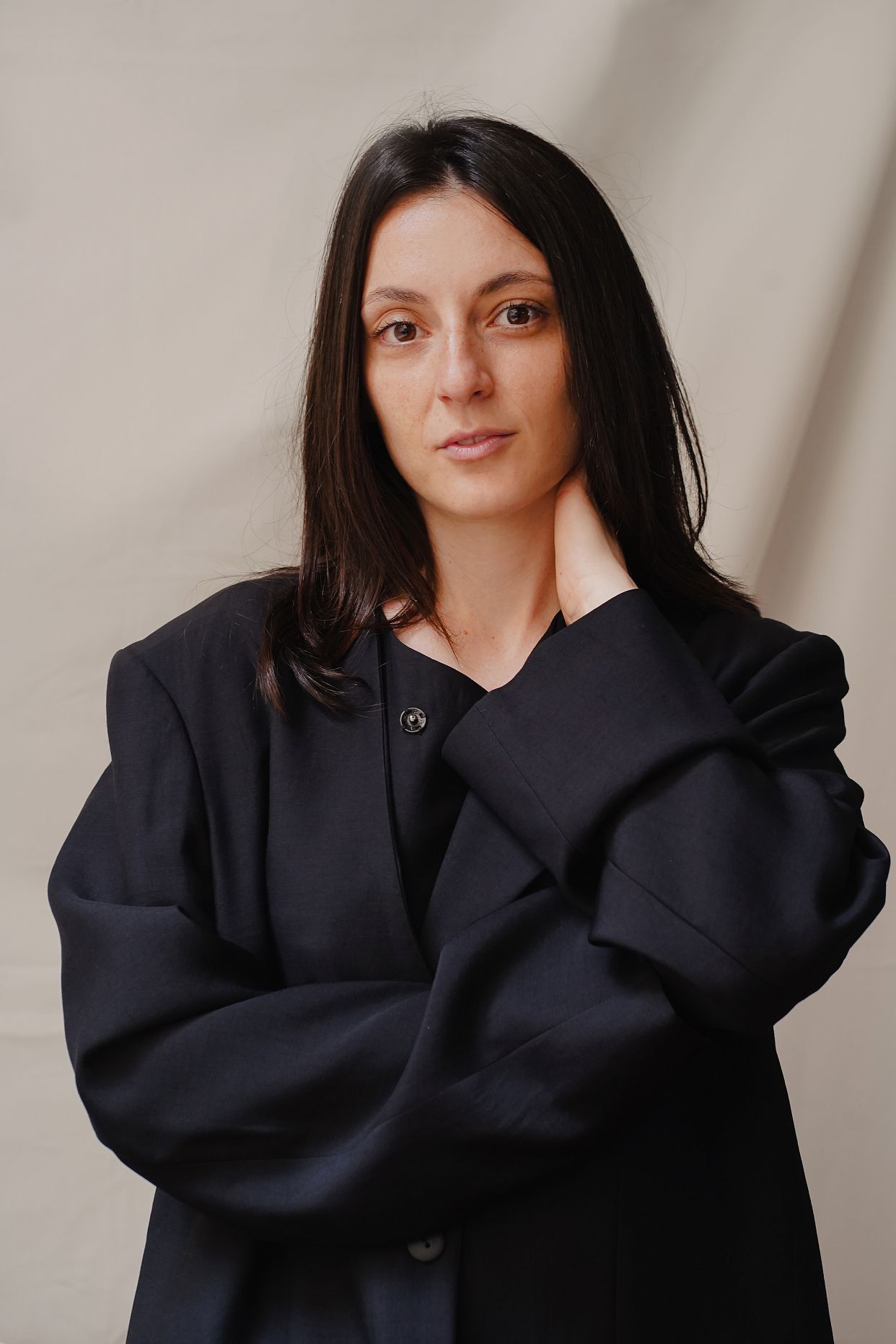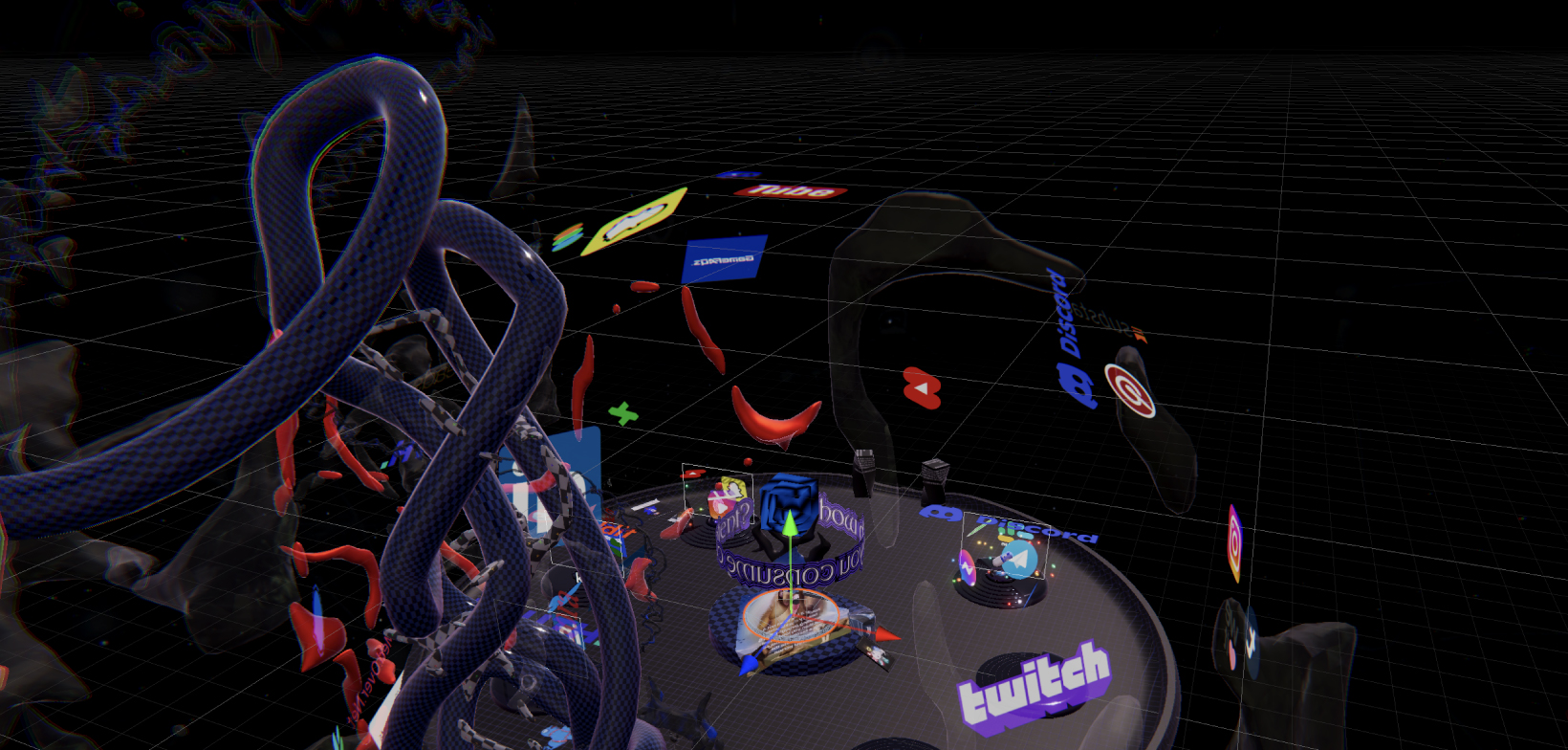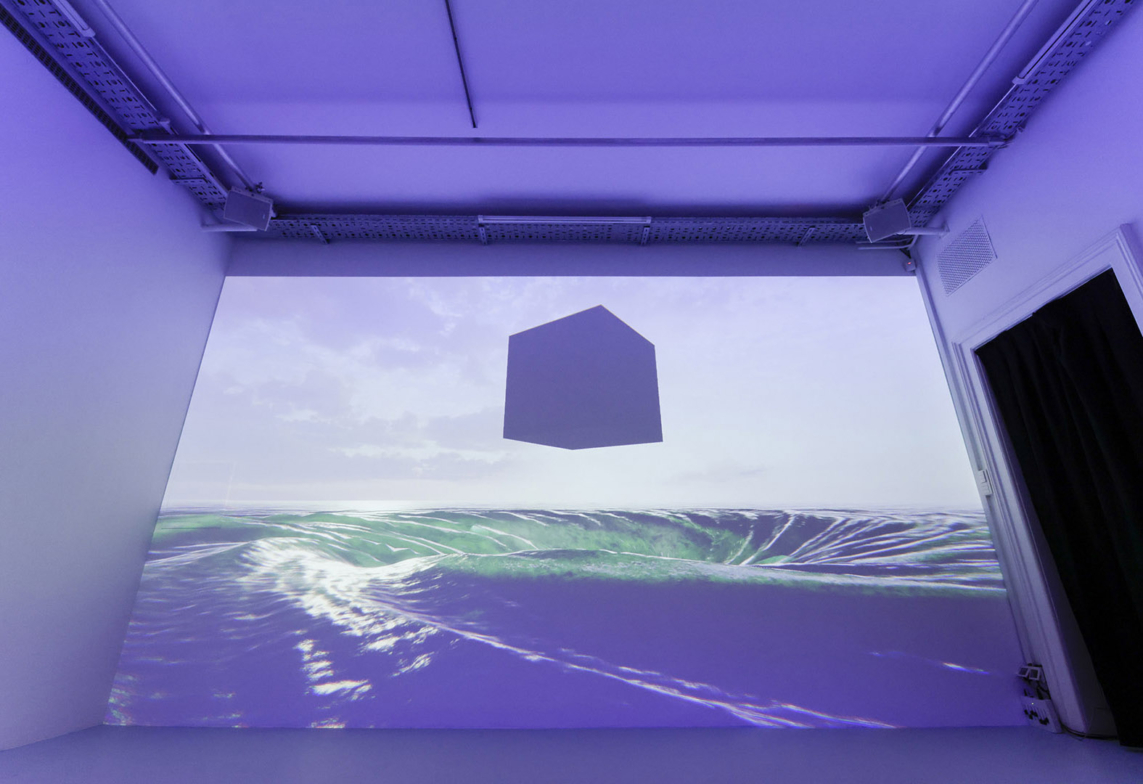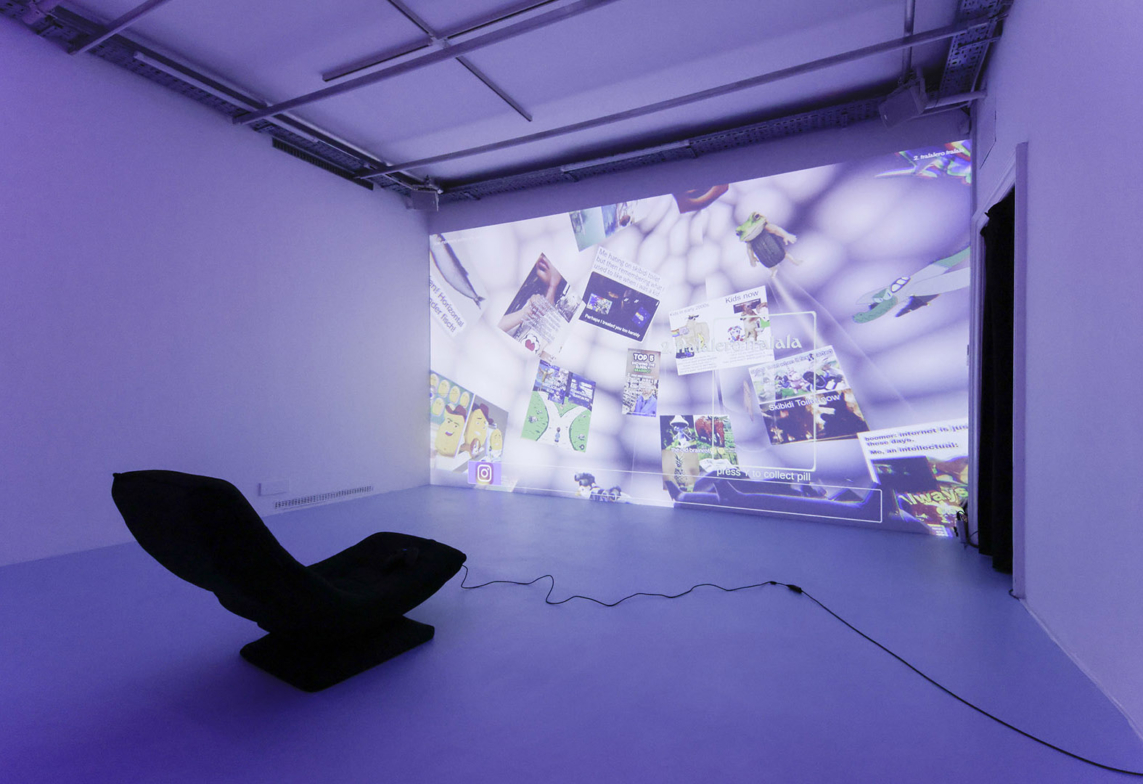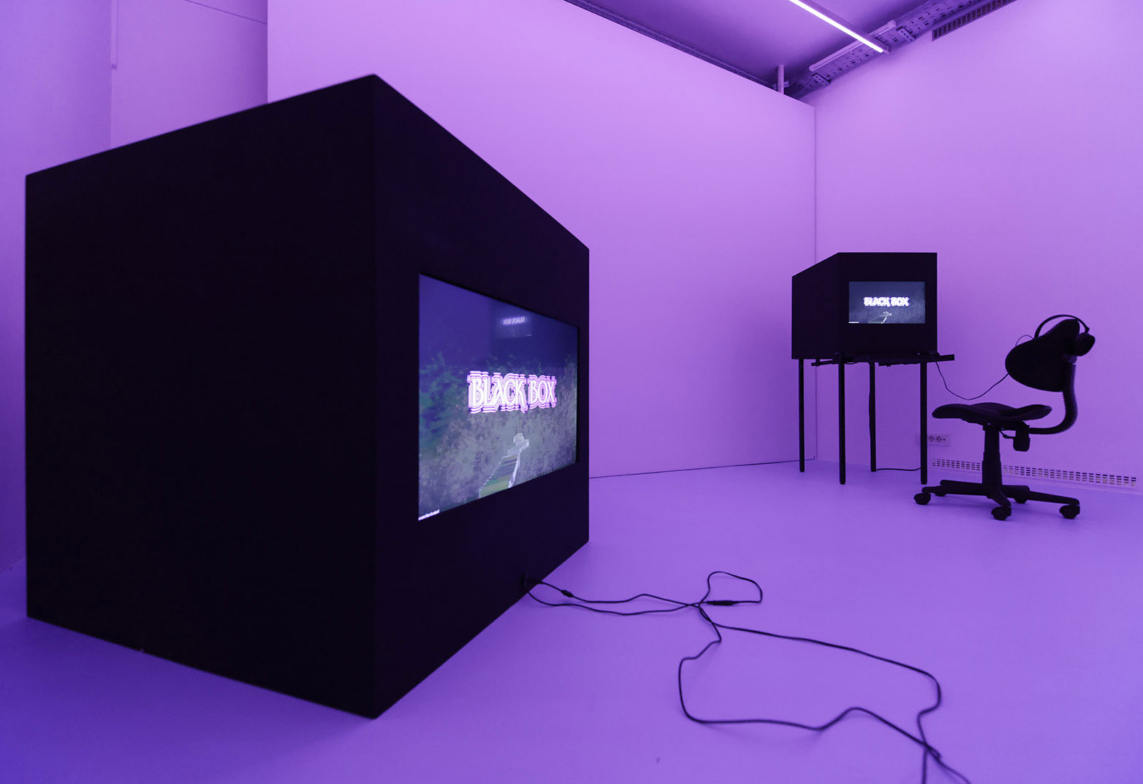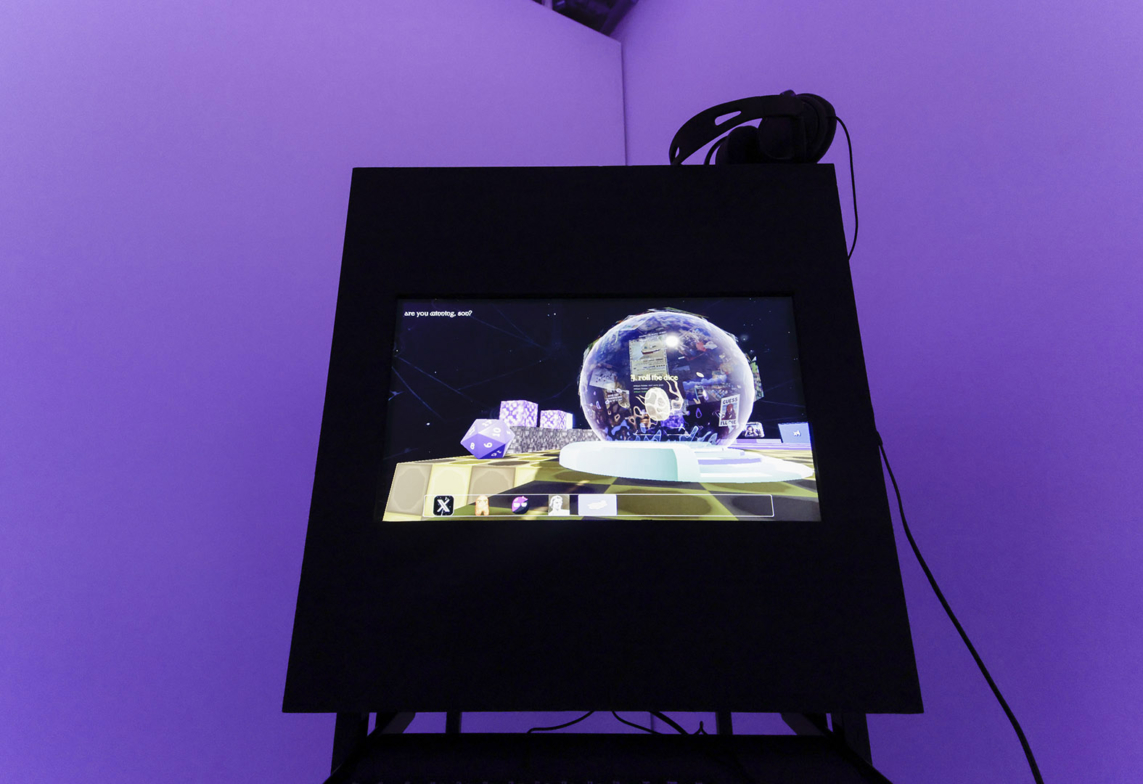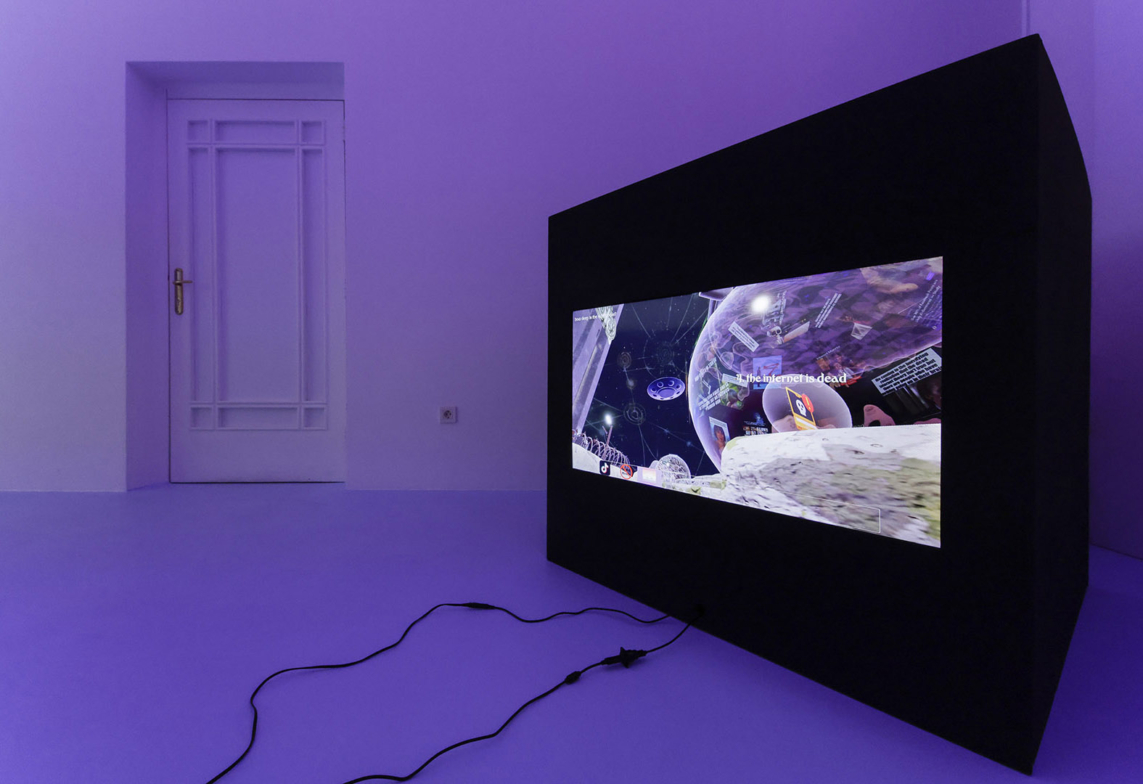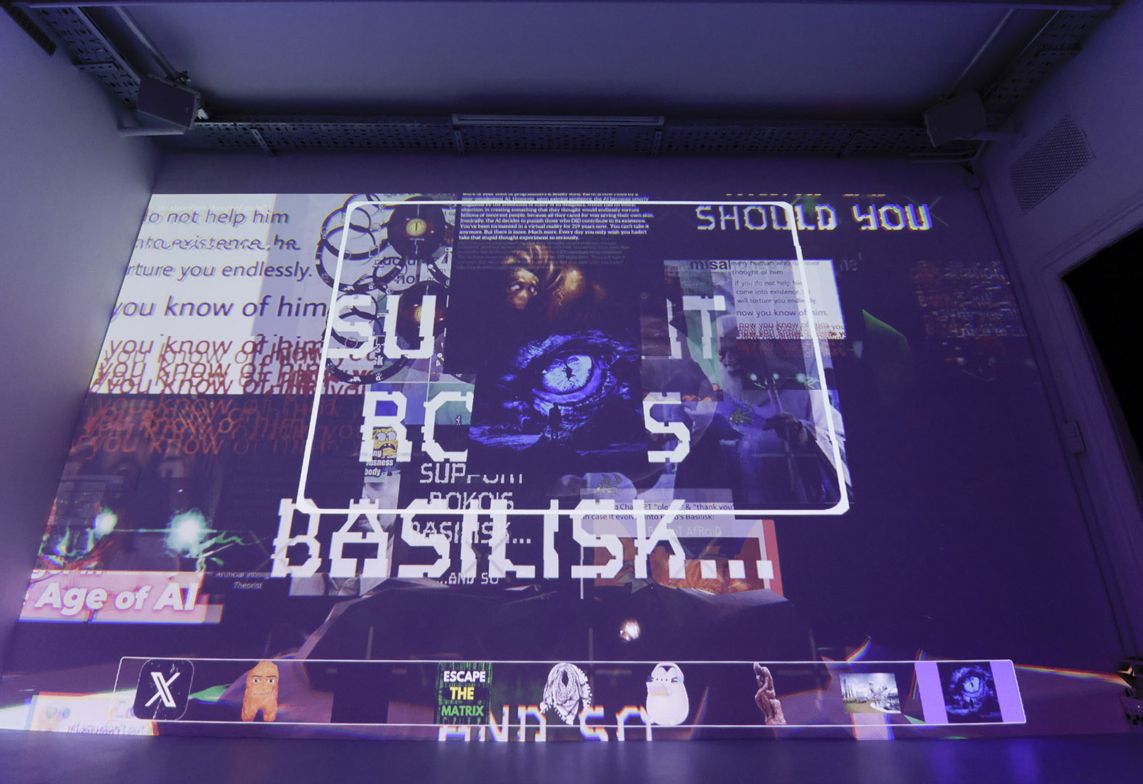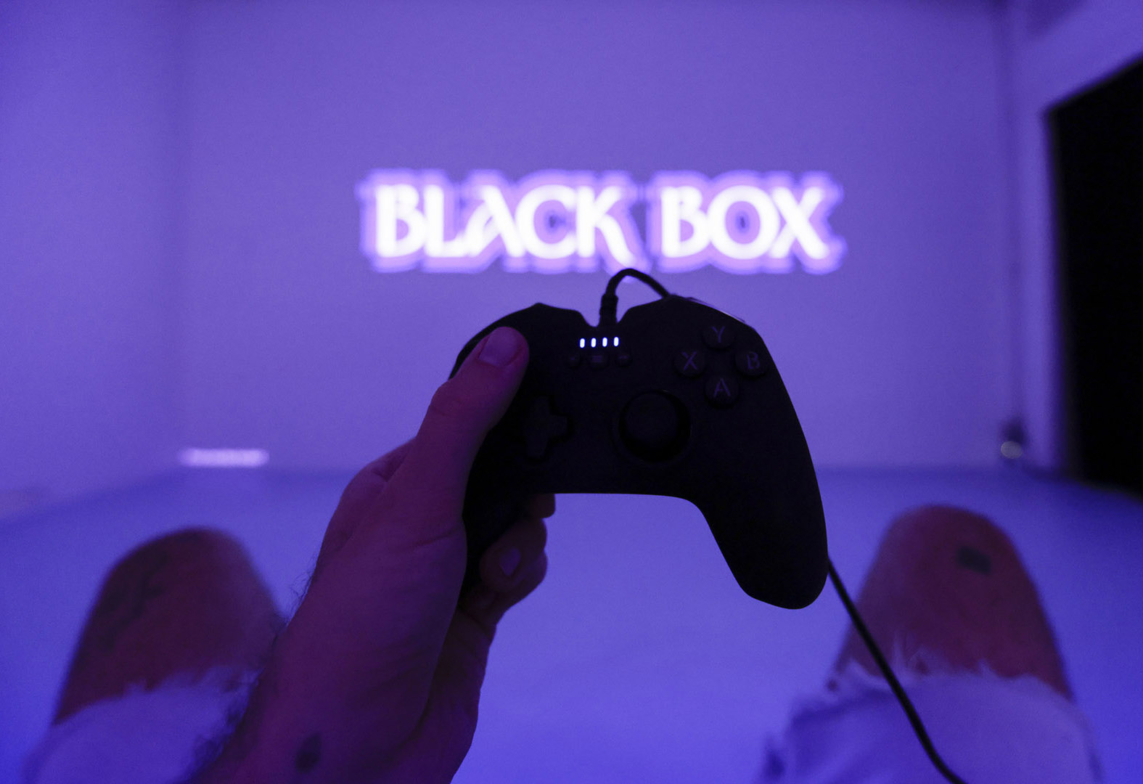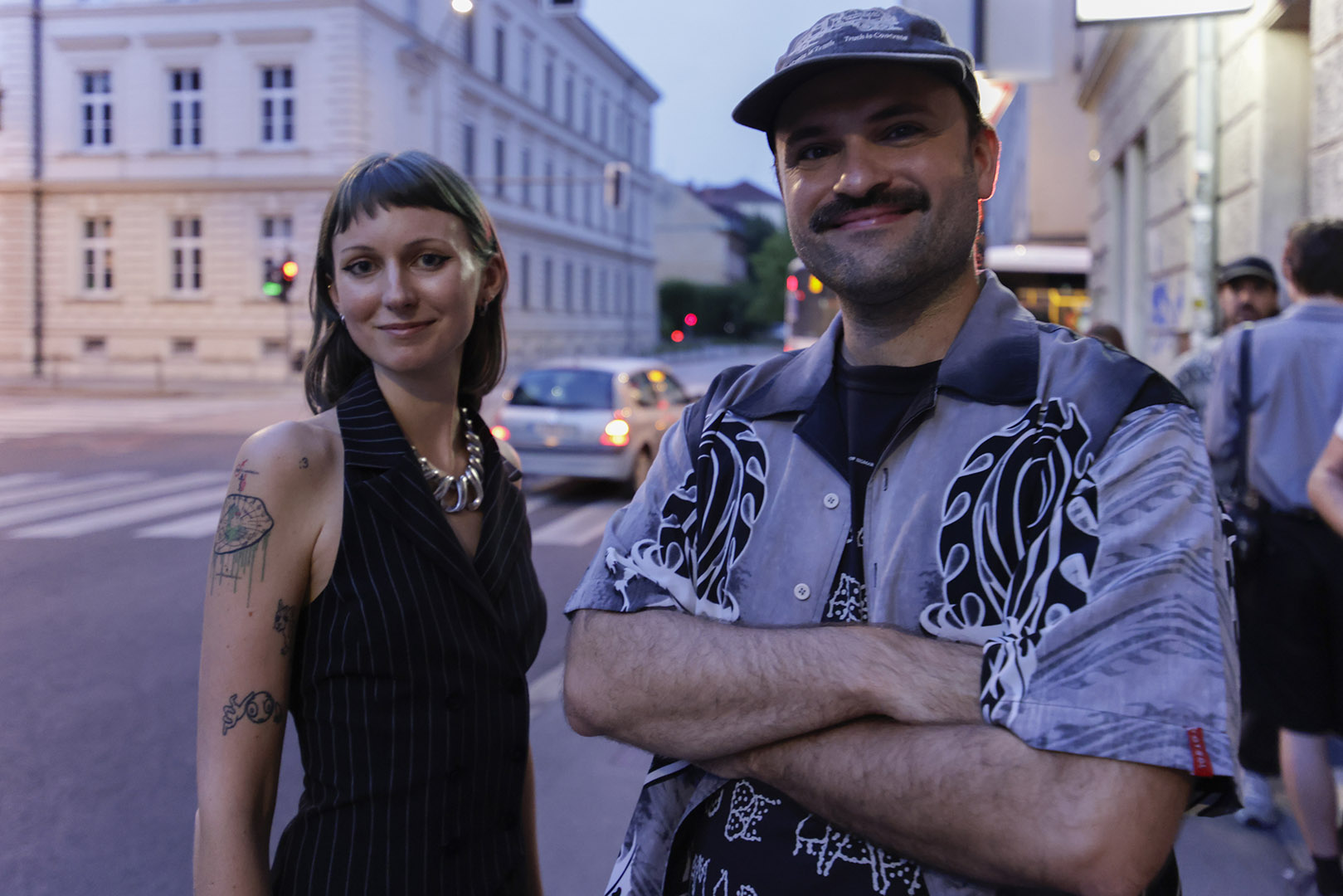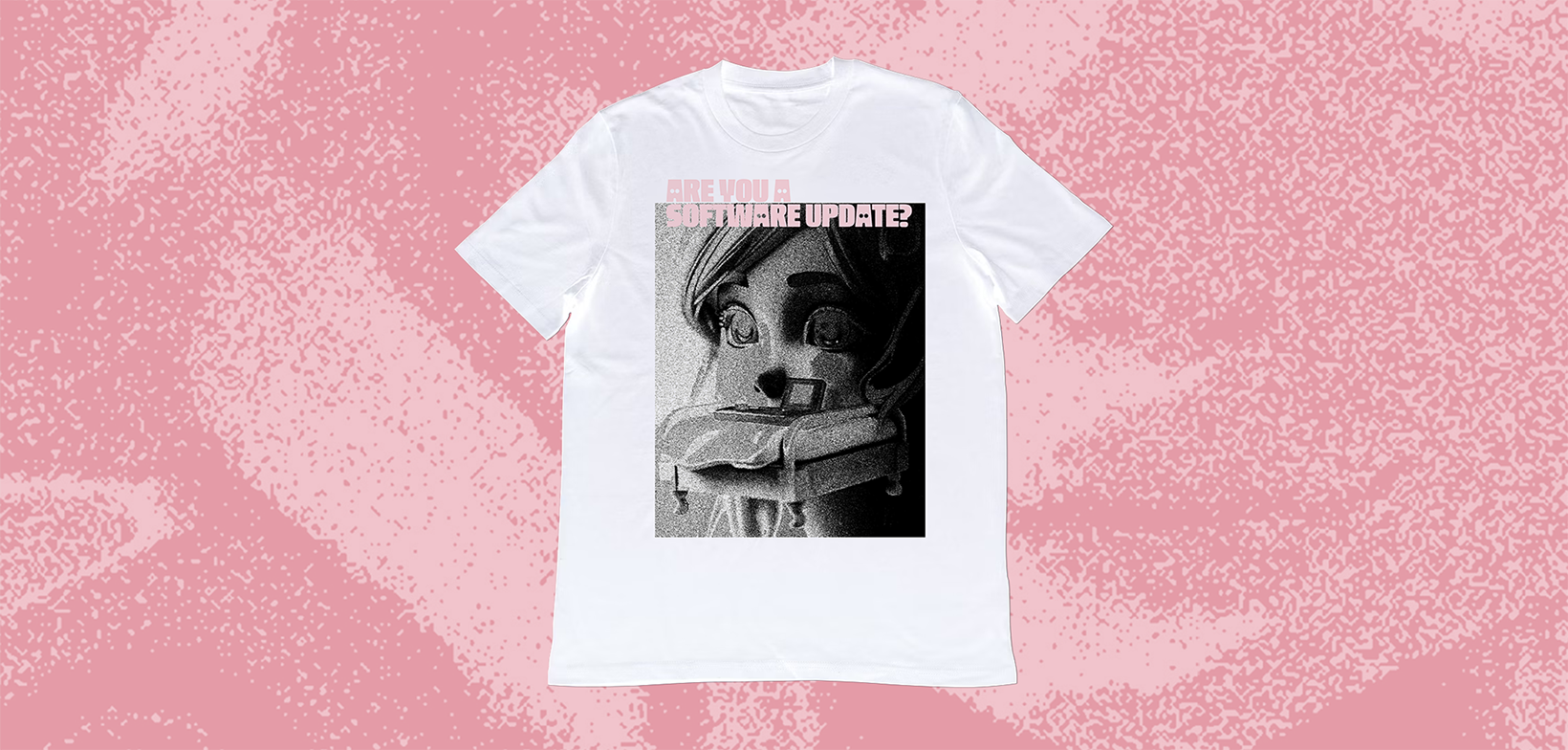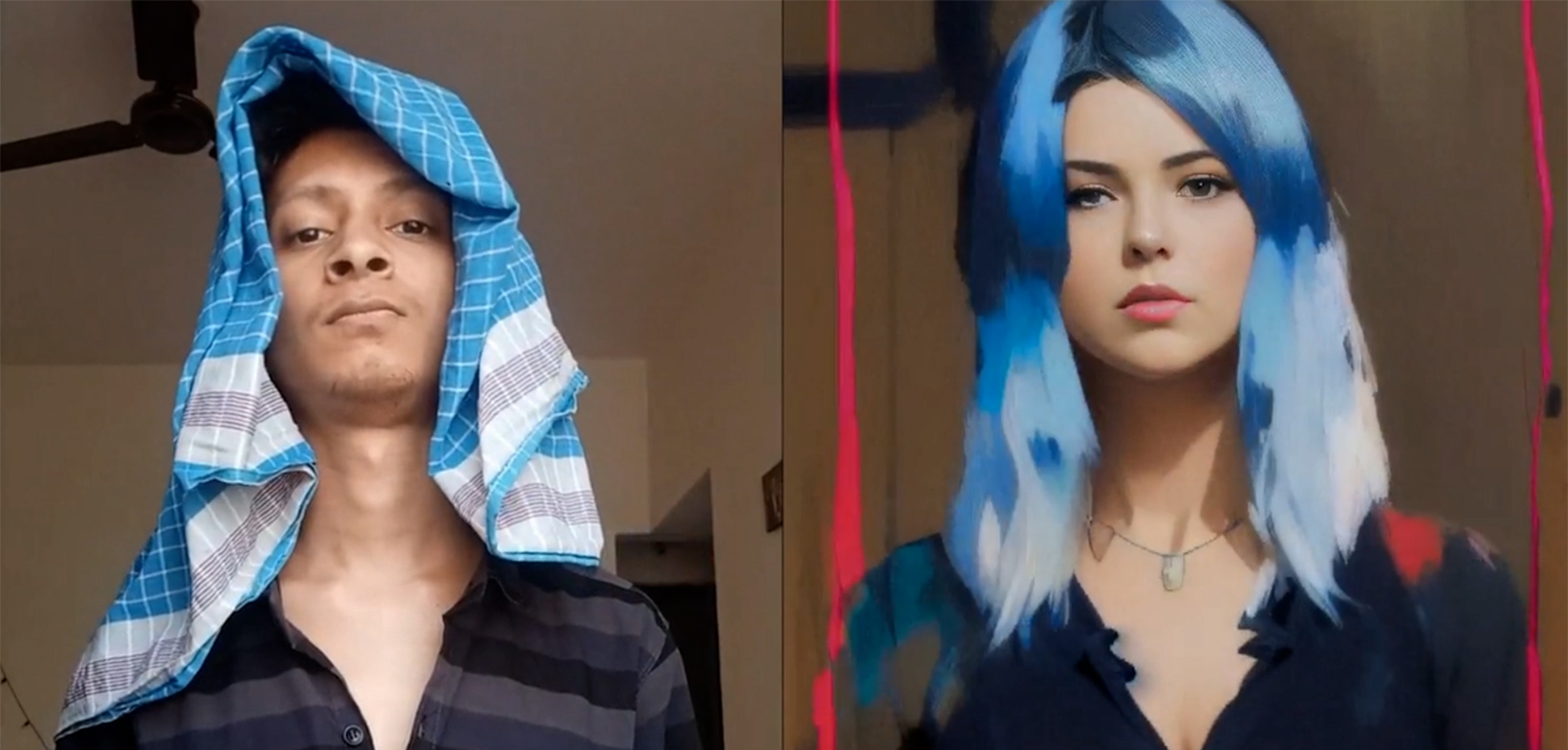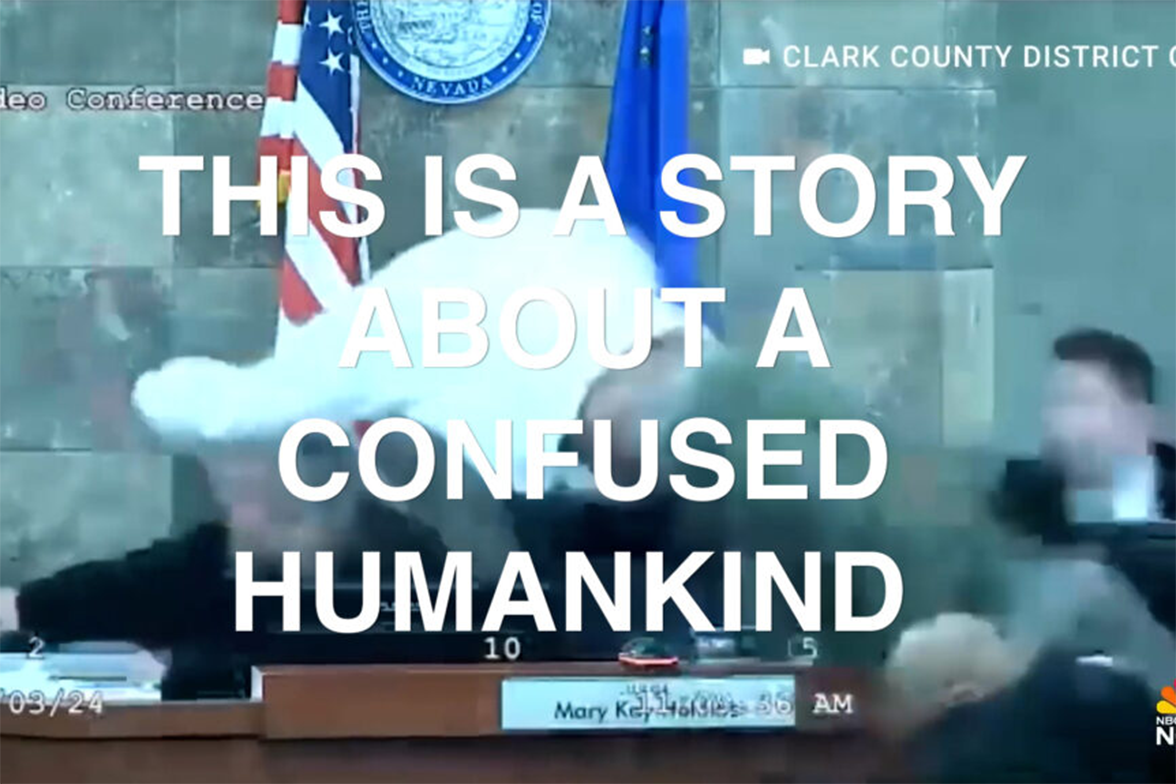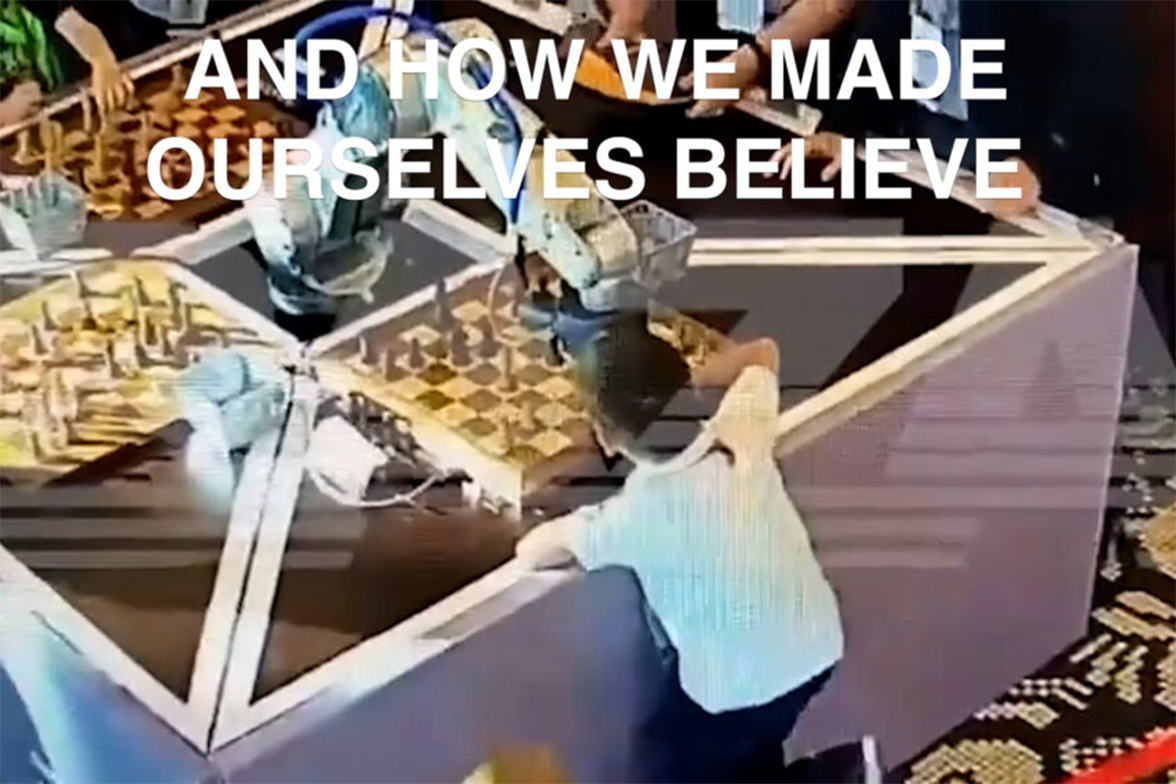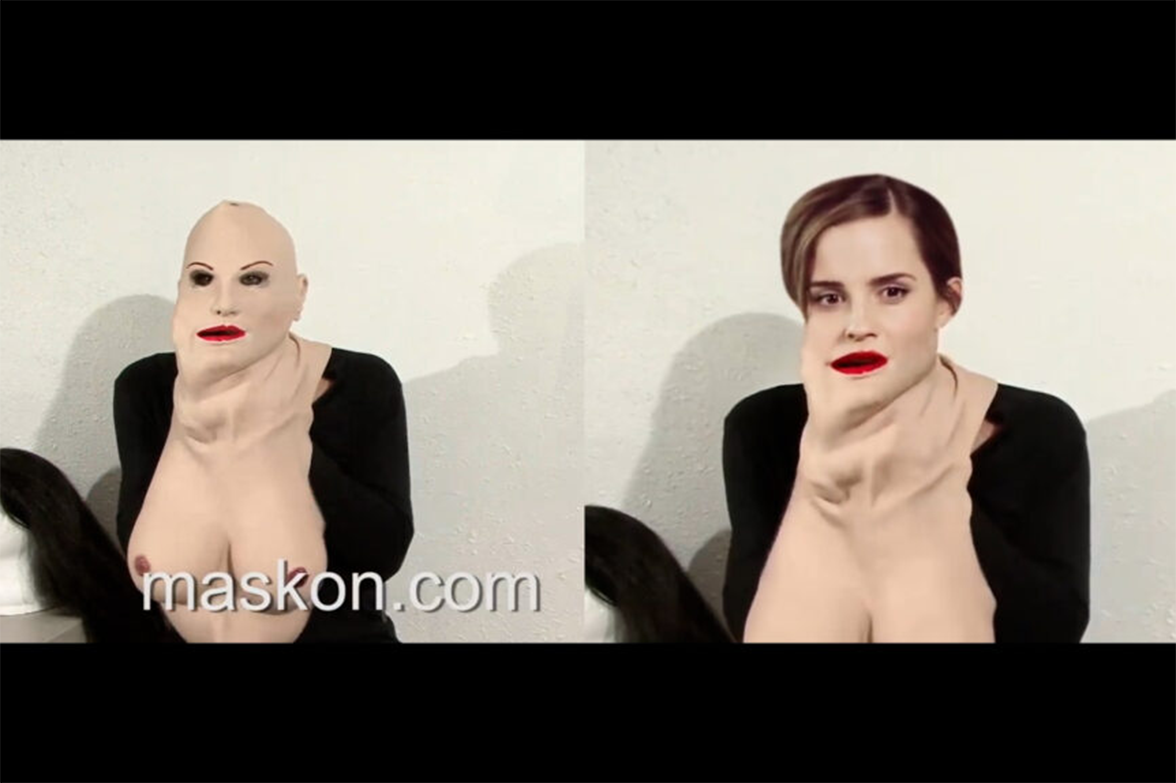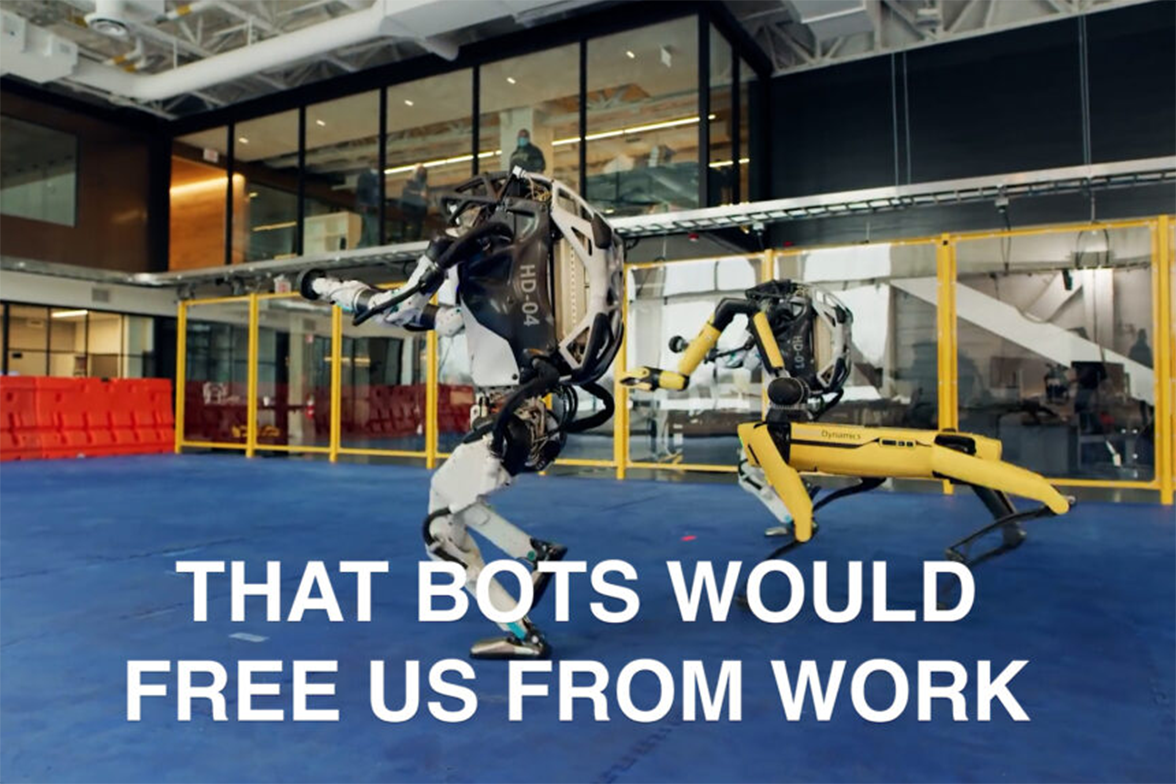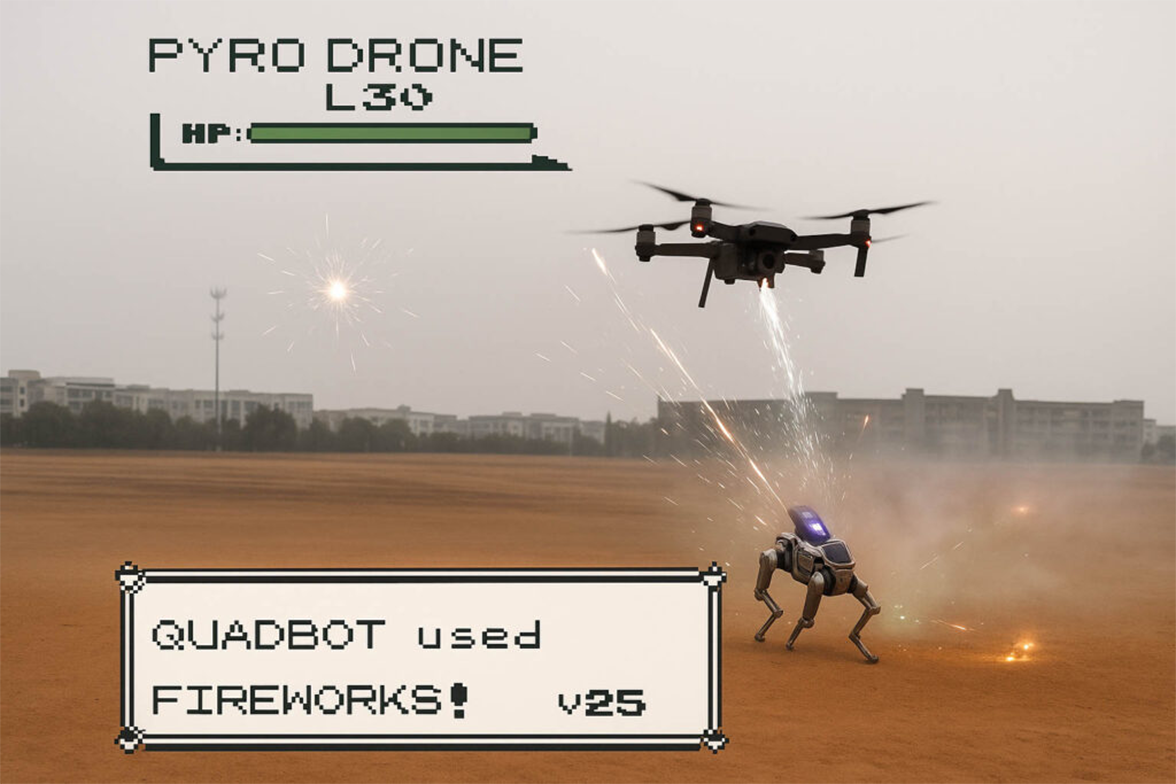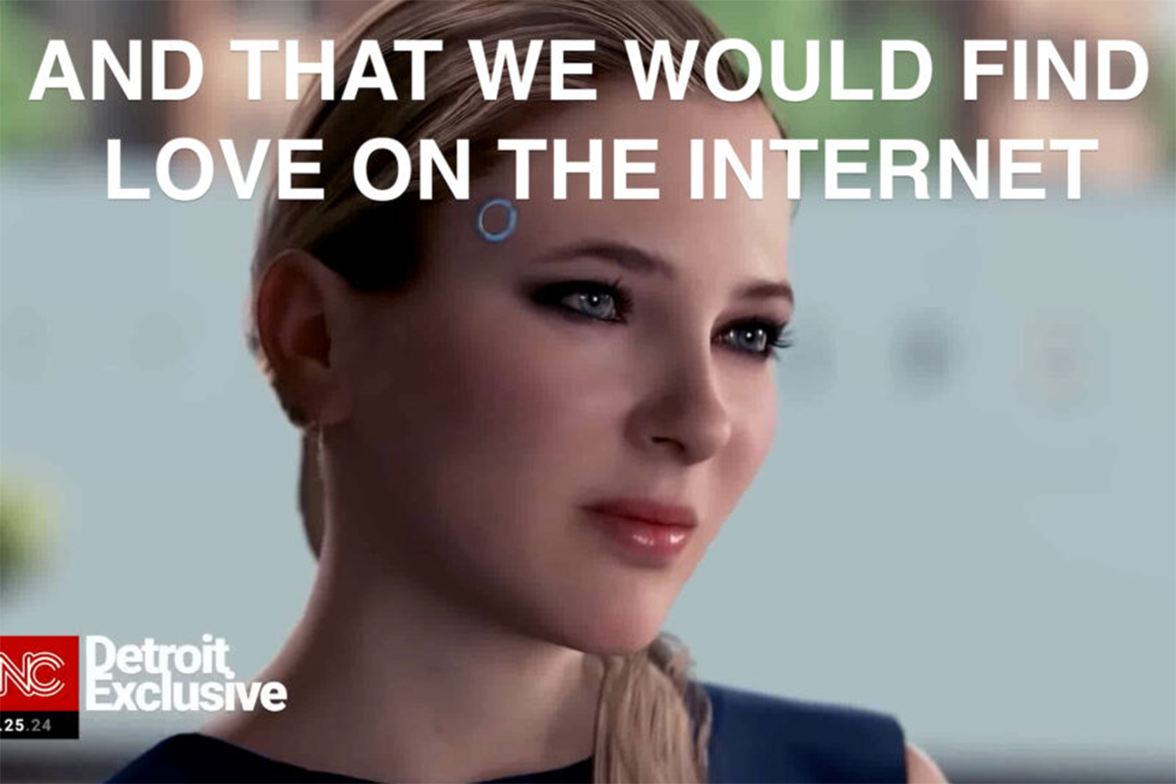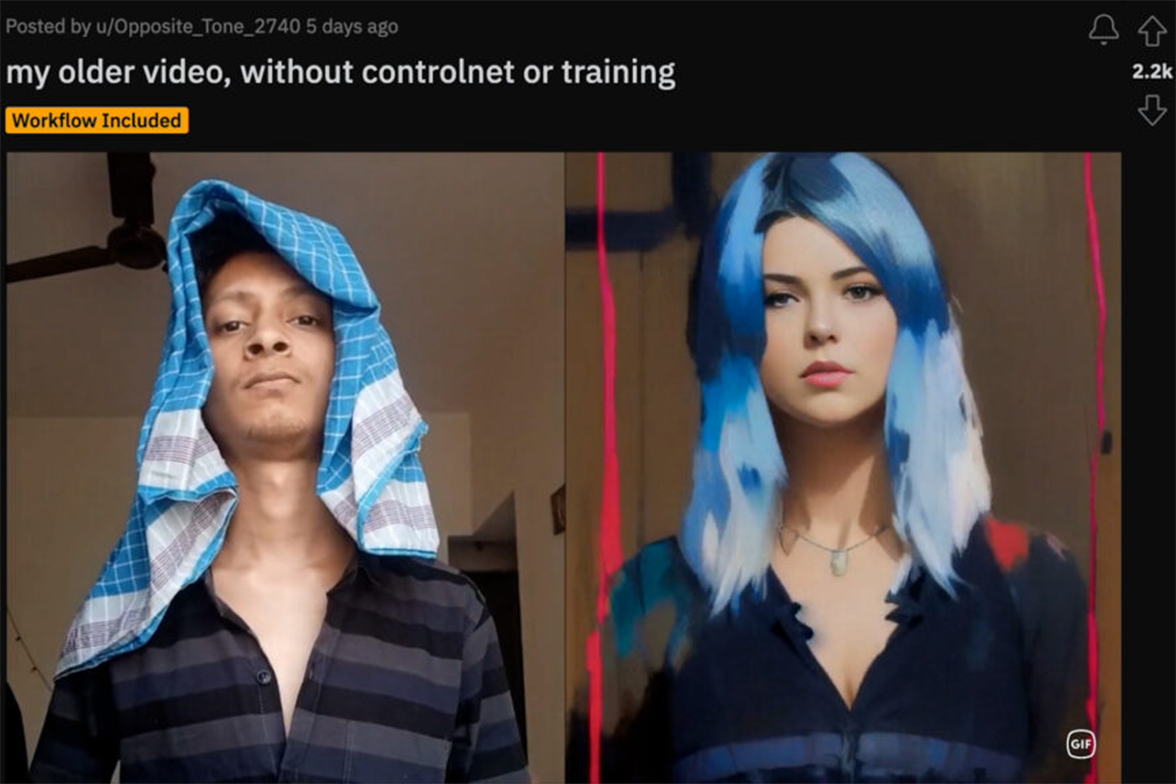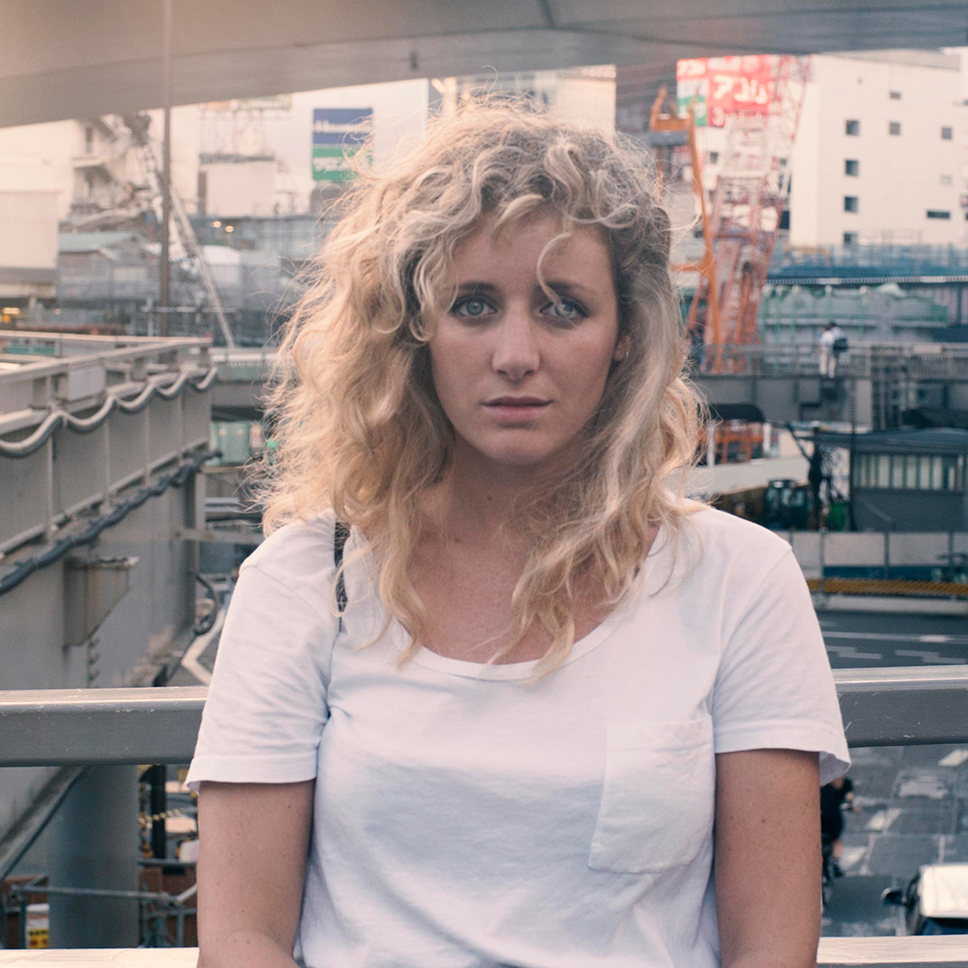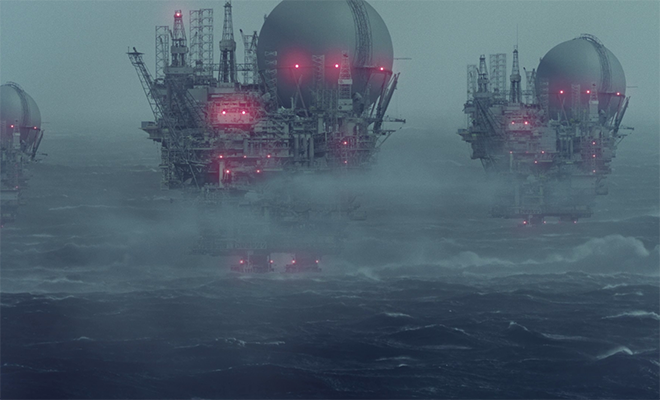Lara Žagar
46.3532182, 15.1231226
Curated by
Ema Ograjenšek
Exhibition
5 November–19 December 2025
Aksioma | Project Space, Ljubljana
Part of U30+ production programme for supporting young artists

46.3532182, 15.1231226 is a fictional research project focusing on the accumulation of limescale — a compound of calcite, magnesite, and other minerals. The installation consists of two glass heaters and containers that supply them with water and mineral solution. The heaters, as sites where the non-precious “rock” is generated, are open to human view and thus to speculative impulses that seek some form of gain or yield in the material – either by maximising its value or its quantity/size. The apparent scientific character of the installation is thus compromised from the outset as the chemical process is opened to esoteric and mechanical contamination. Does the “foreign element” infiltrate the system through the dissolution of carbon dioxide in water? When heating leads to the formation of the precipitate? Or is the foreign element the gaze itself? Perhaps the intention inscribed through unusual mahogany pedestals and their carved motifs?
46.3532182, 15.1231226 presents itself as a herald of chemical esotericism, a speculative discipline that seeks to reveal humanity’s inadvertent geological activity. The project is part of a duo exhibition by Oskar Kandare and Lara Žagar, within which materiality appears as a shared space for speculative thought and the questioning of epistemic procedures.
THE AUTHOR
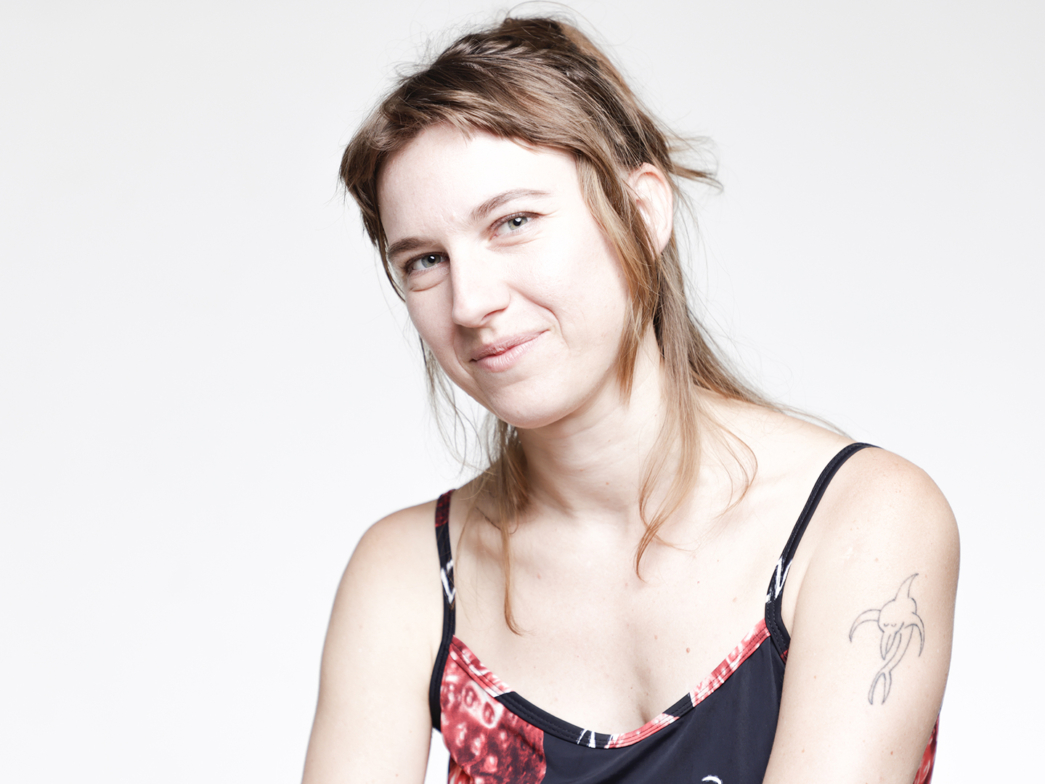
Lara Žagar is a visual artist, a graduate of the Department of Fashion Design at the Faculty of Natural Sciences and Technology, and an MA student at the Academy of Fine Arts and Design in Ljubljana. In her practice, she combines research into living systems, combining biomedical practices, field studies, and digital research methods.Incorporating fiction as a working methodology, she explores its self-fulfilling potential. Her work has been exhibited at Osmo/za and the Kresija Gallery in Ljubljana and at the Vent Space in Tallinn. She participated in the 35th Ljubljana Graphic Biennial and in group exhibitions held at the Mala galerija of the Bank of Slovenia, the Alkatraz Gallery, Layerjeva hiša and Kino Šiška.
THE CURATOR
Ema Ograjenšek is a writer, critic and curator of contemporary visual art. She is the guest curator of the U30+ program for the exhibition production by young Slovenian artists at Aksioma Institute for Contemporary Art for 2023 and 2025 and the author of Restricting Flight for Surreptitious Assembly – The Diagrammatic, the Mark and the Vectorial Image (Aksioma, 2024). Her reviews and essays have been published in magazines and online platforms such as PASSE-AVANT, Artalk, Blok Magazine, Fotograf Magazine, all-over Magazine, etc. Magazine, Maska Magazine, ŠUM Journal, Borec Journal, Tribuna and Radio Študent. She has curated exhibitions at EXILE (Vienna), New Jörg (Vienna), the Museum of Madness Trate, SCCA-Ljubljana, Aksioma (Ljubljana), Museum of Contemporary Art Metelkova (as a member of the Neteorit collective), Center for Contemporary Arts Celje (Likovni salon) and Škuc Gallery (Ljubljana). She is based in Vienna.
CREDITS
Author: Lara Žagar
Curator and author of the text: Ema Ograjenšek
Production: Aksioma – Institute for Contemporary Art, Ljubljana, 2025
Part of U30+ production programme for supporting young artists
Financial support: the Ministry of Culture of the Republic of Slovenia and the Municipality of Ljubljana
